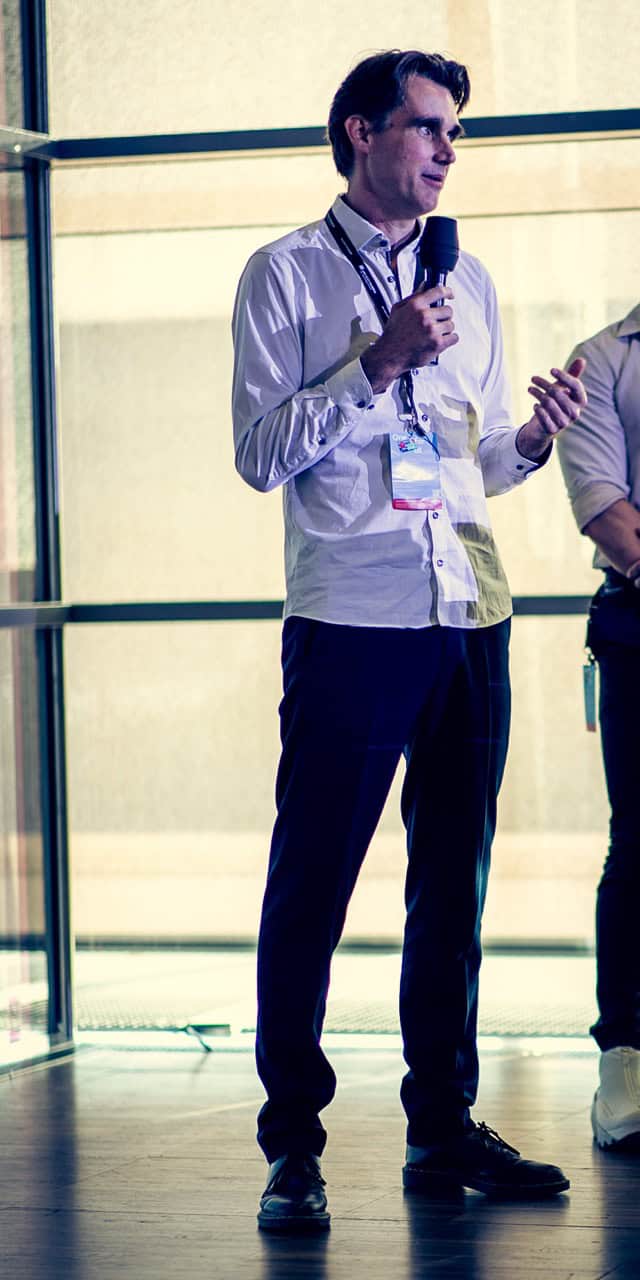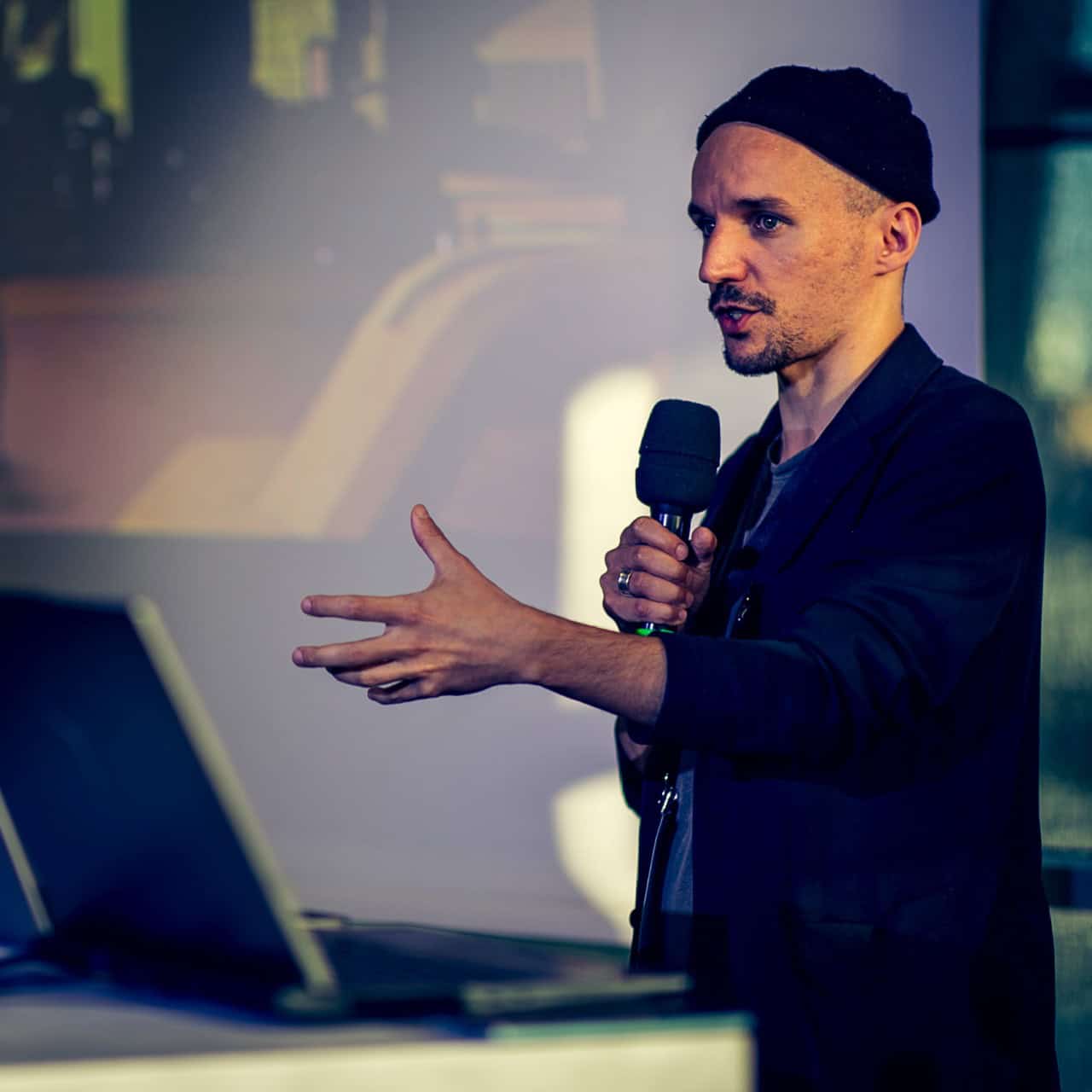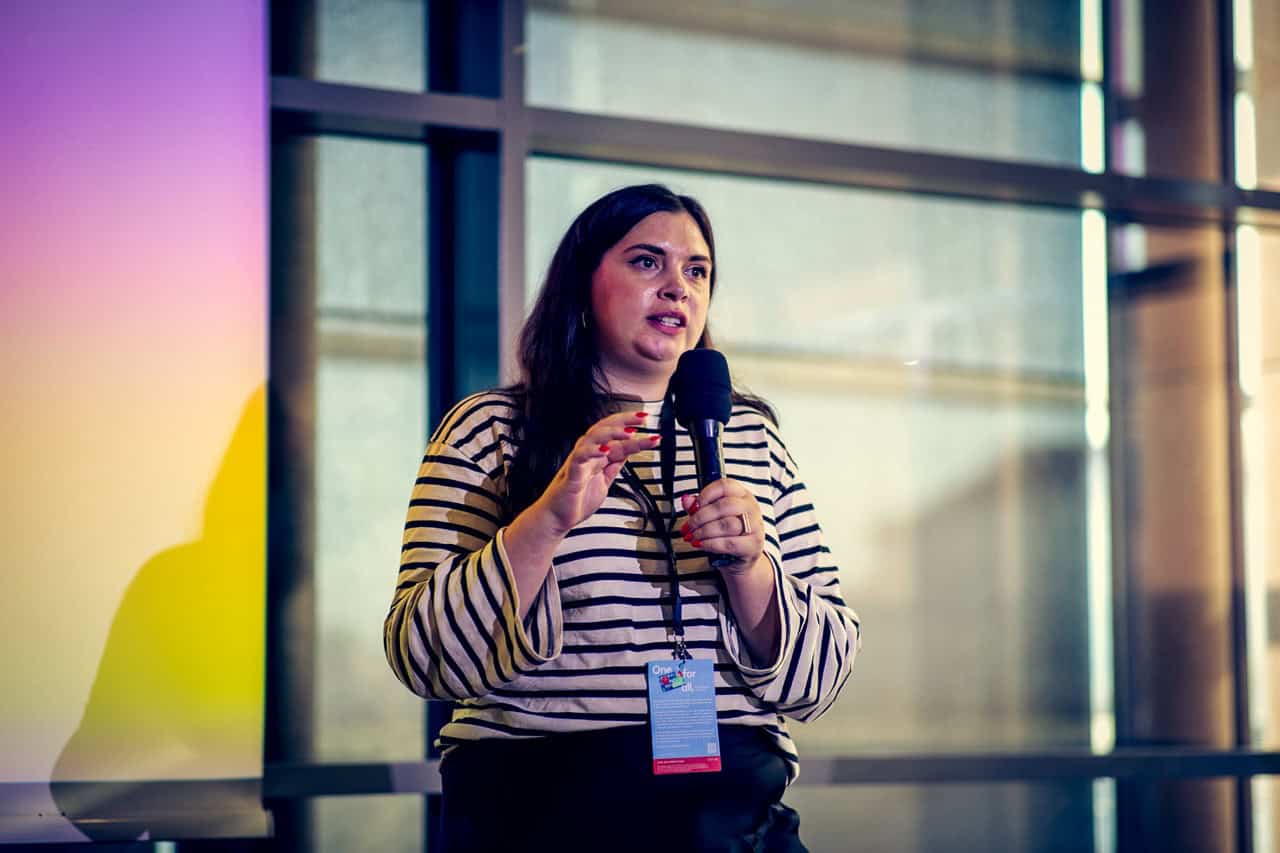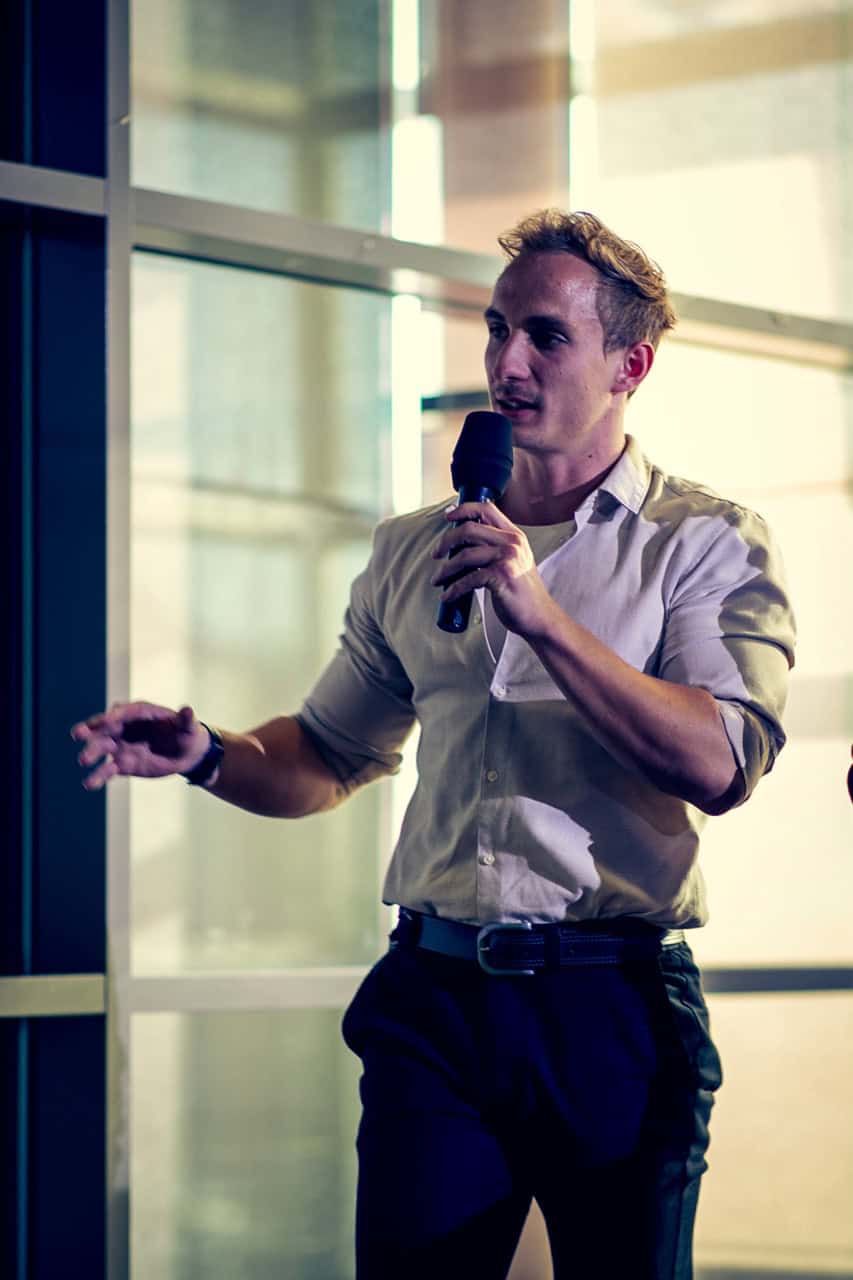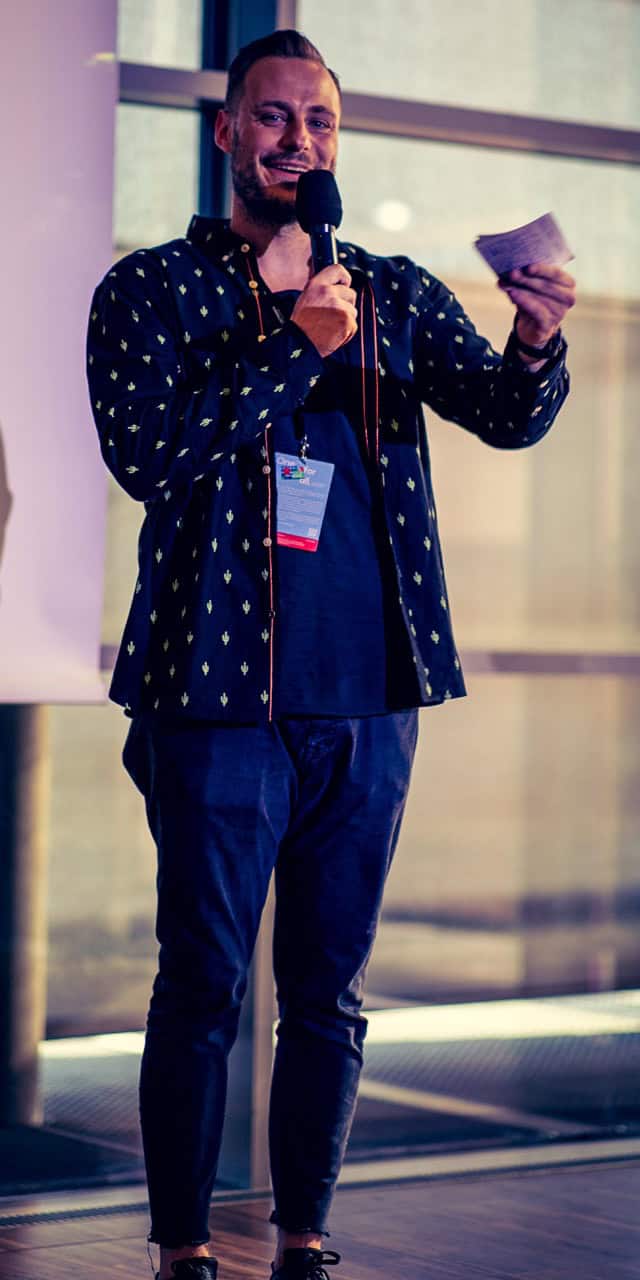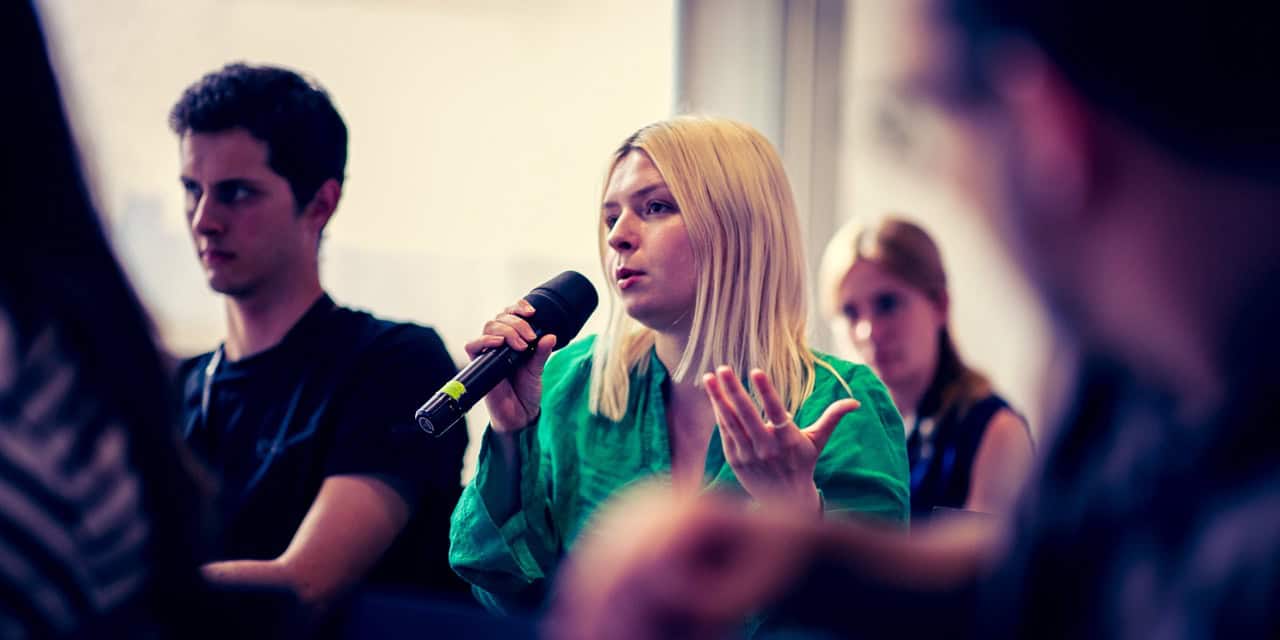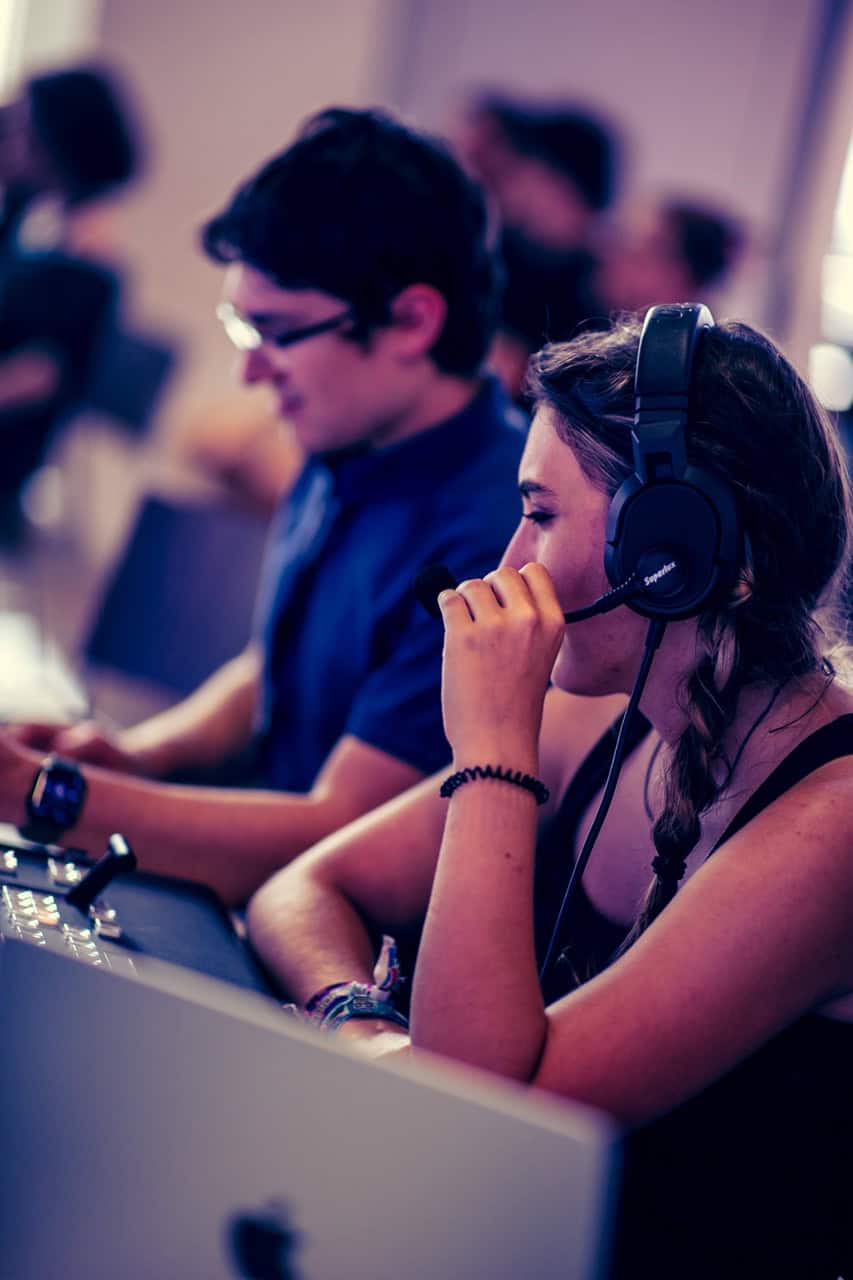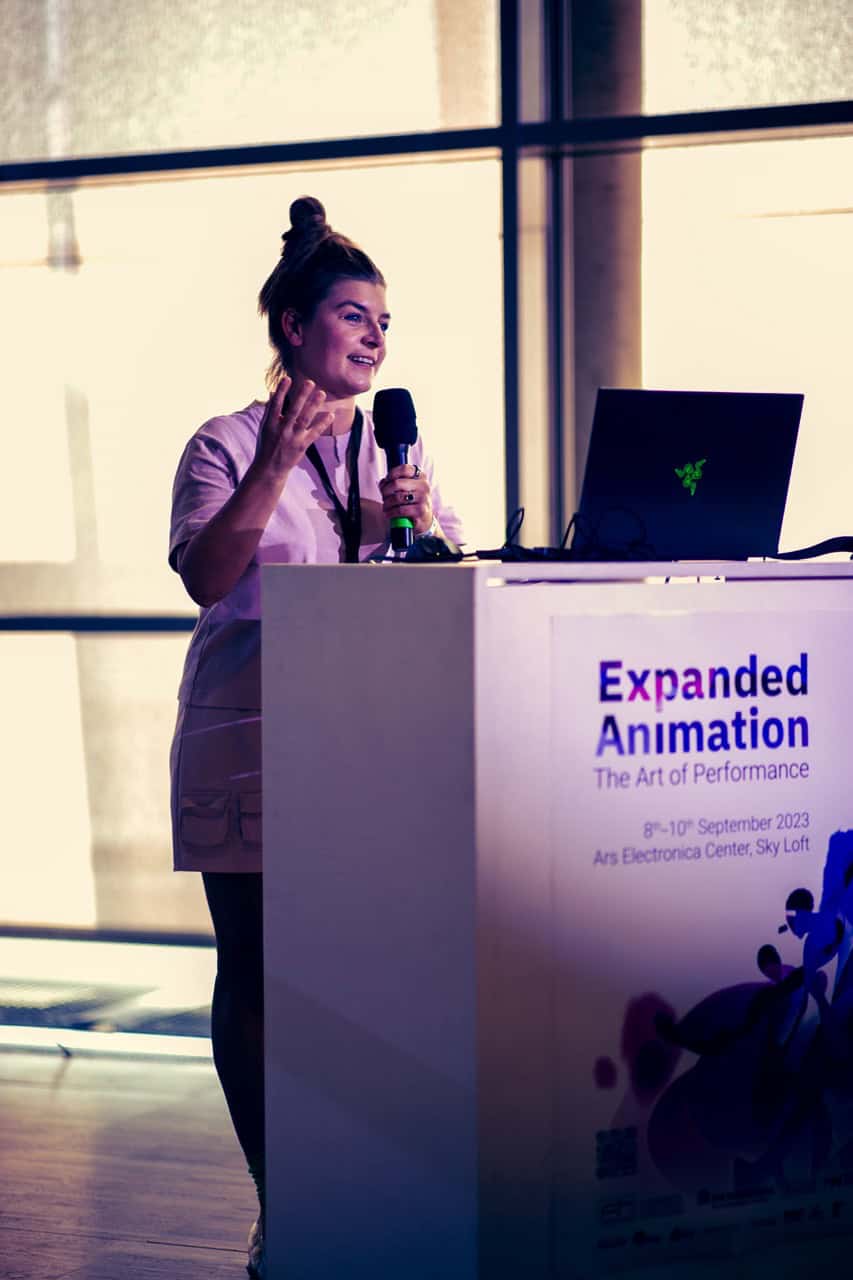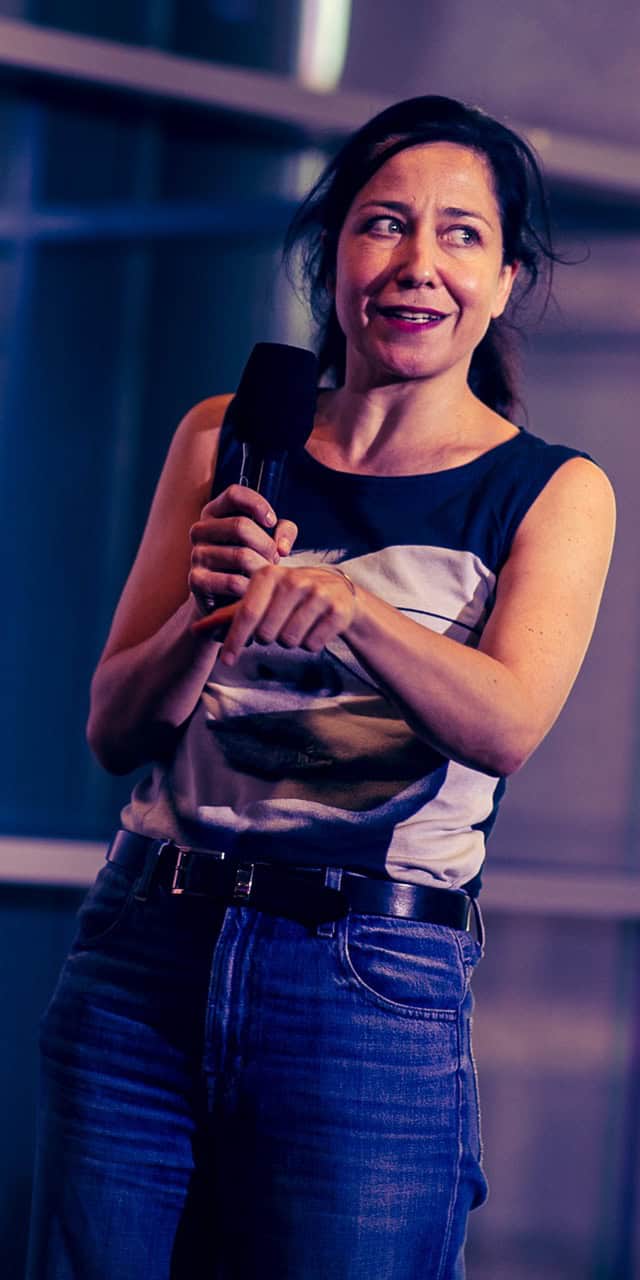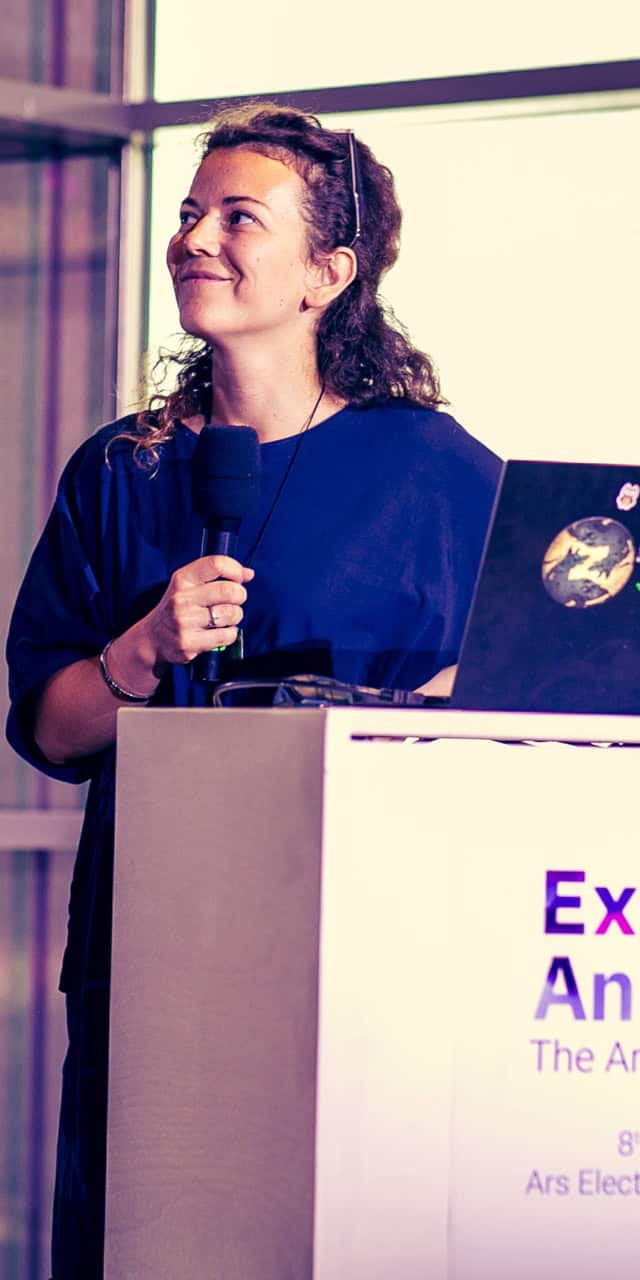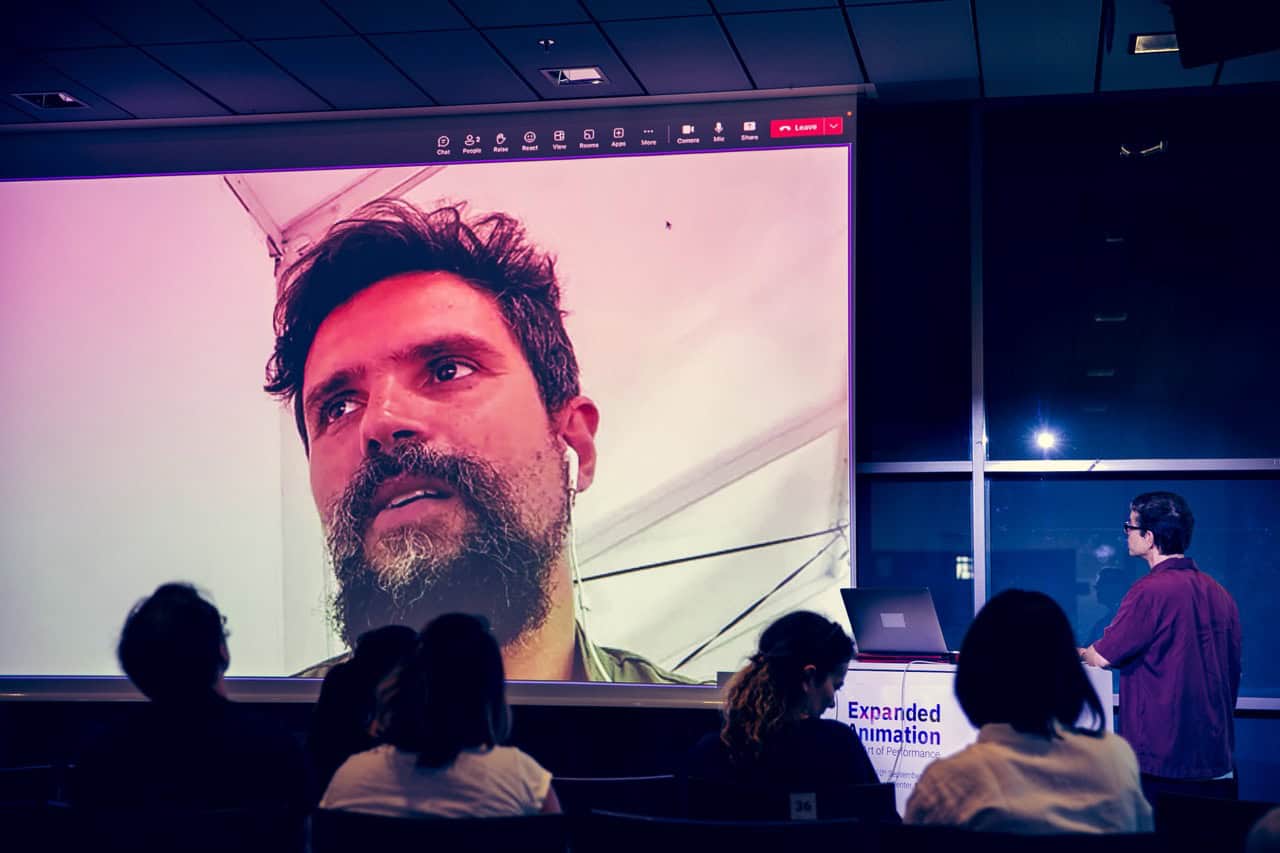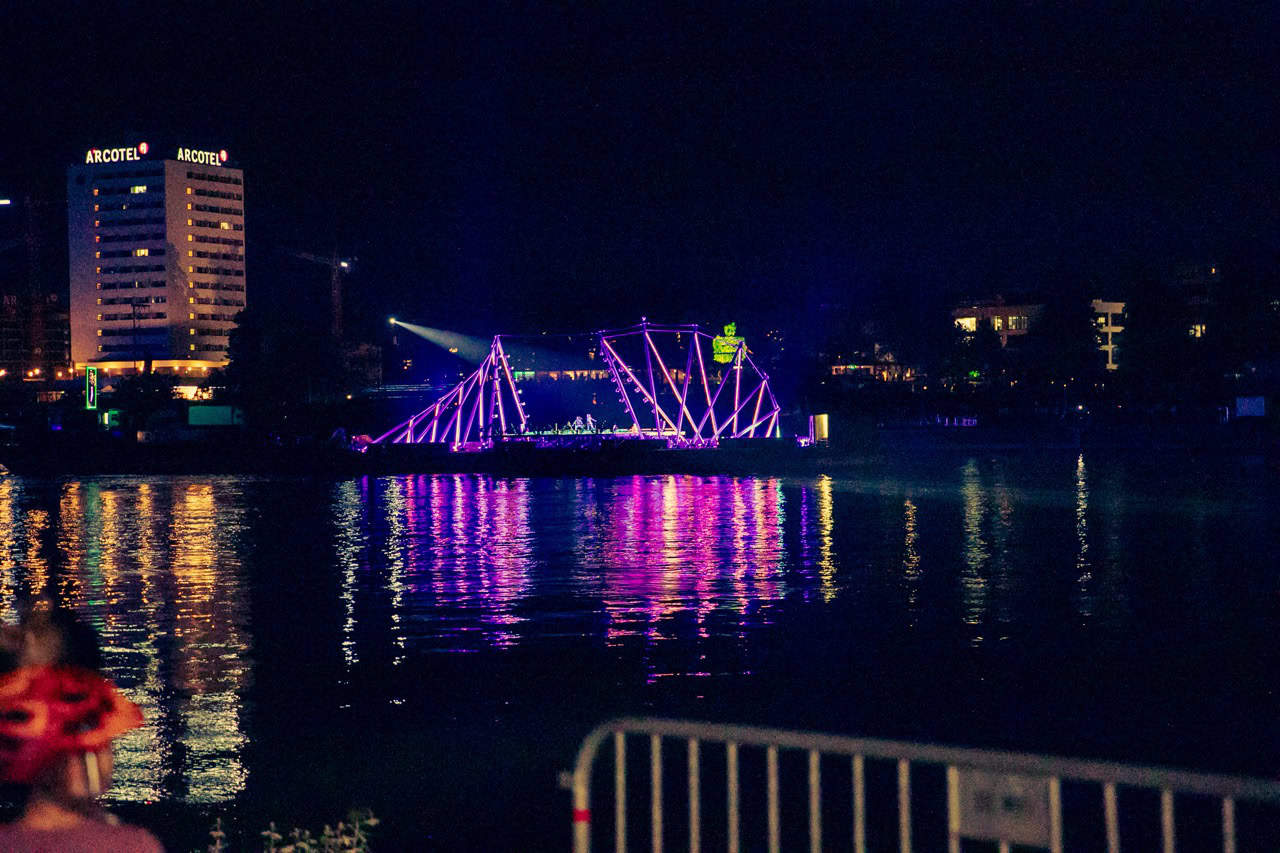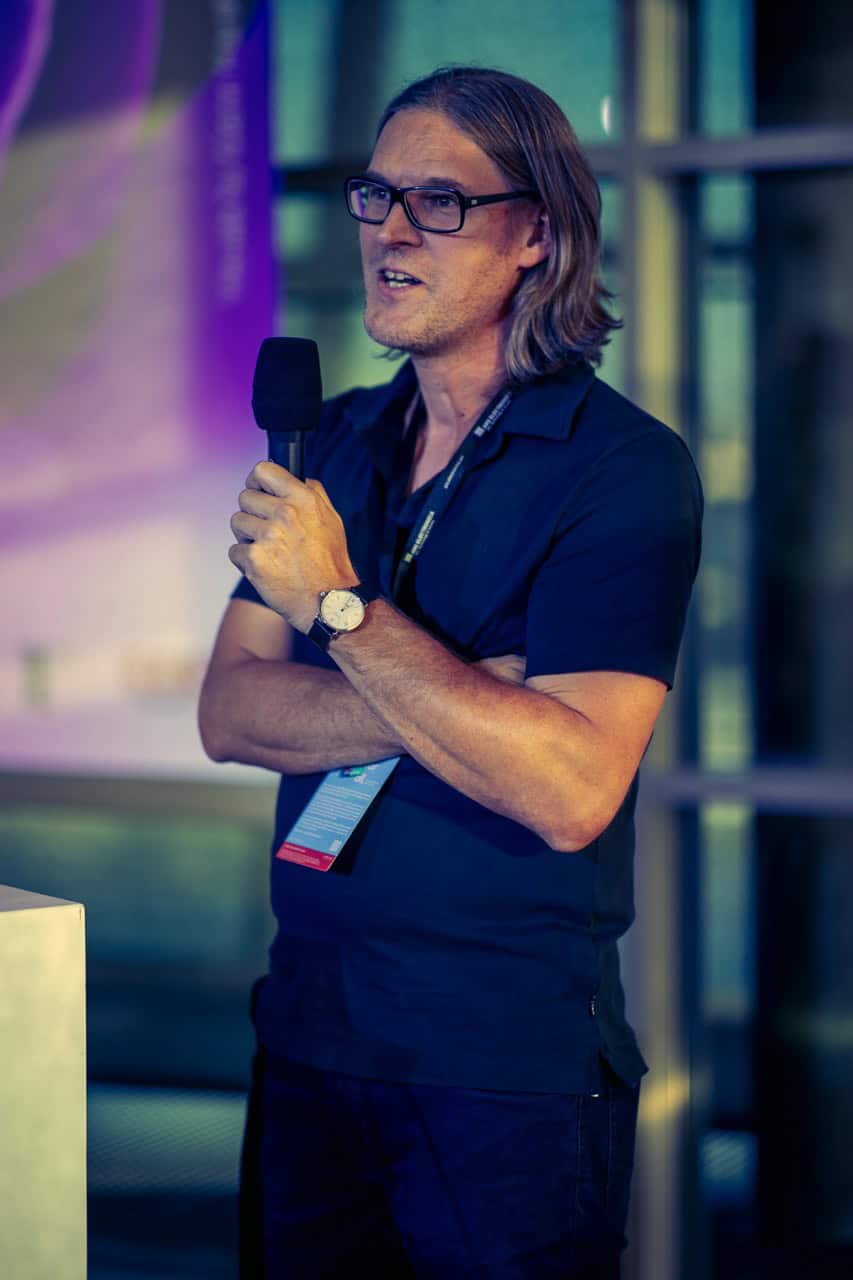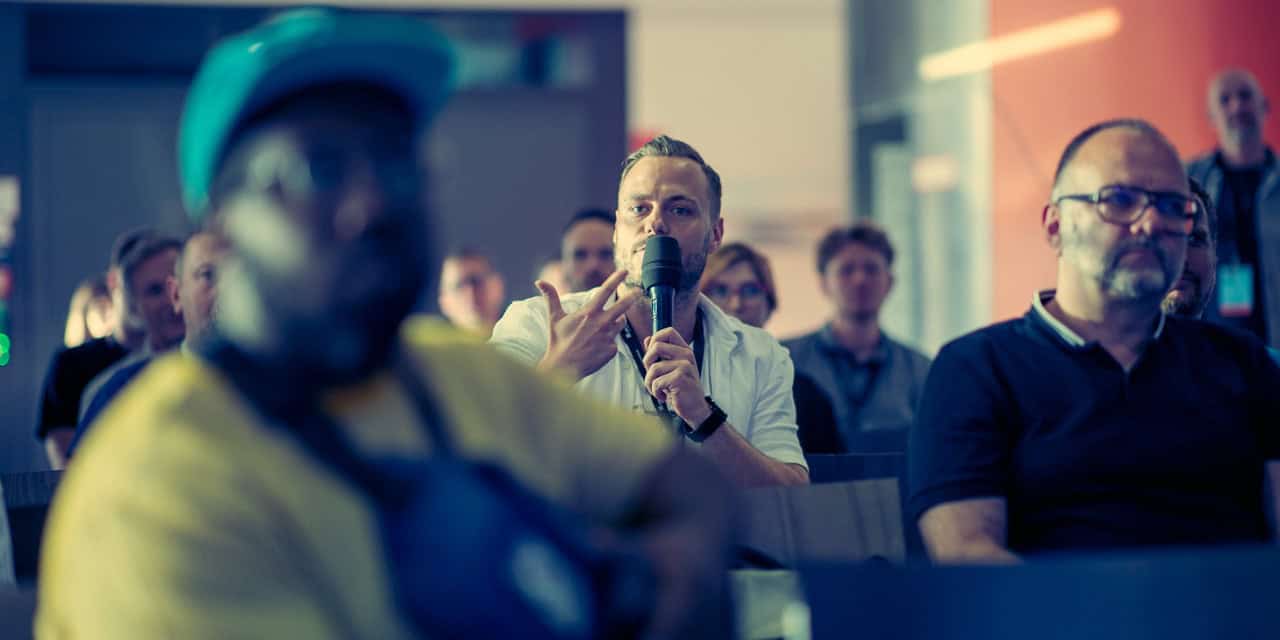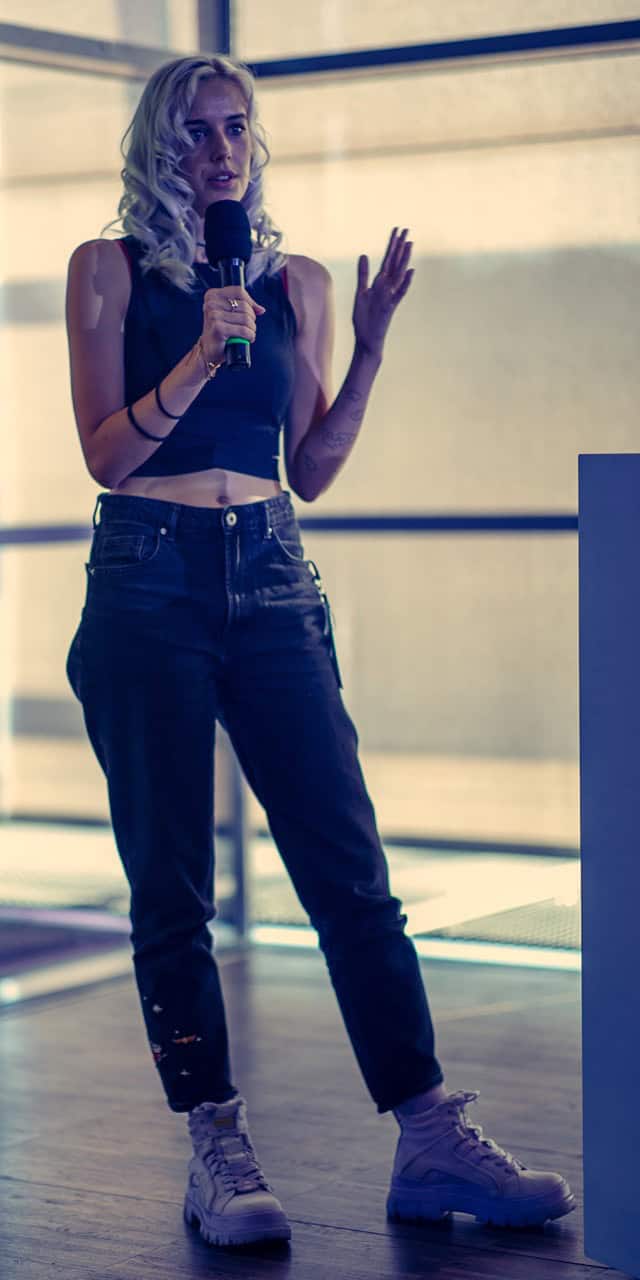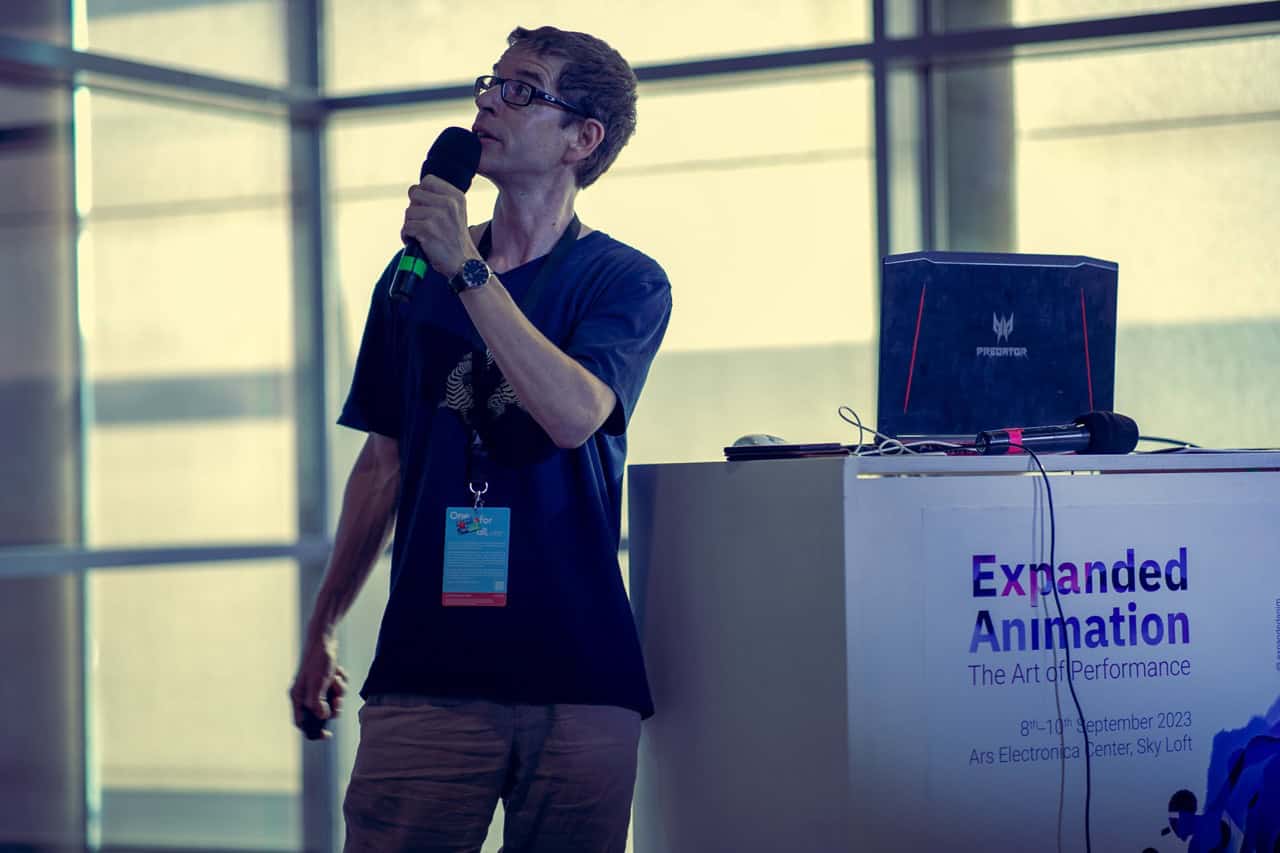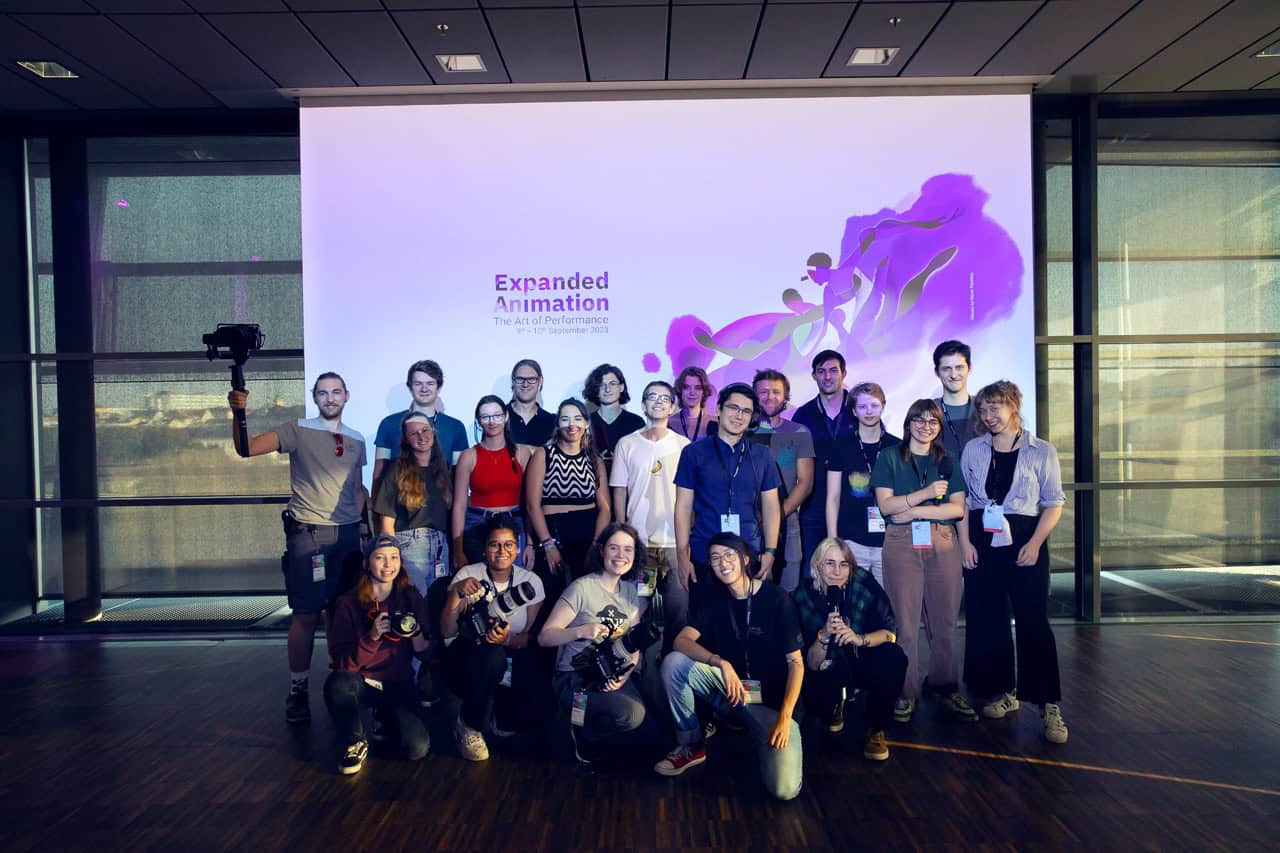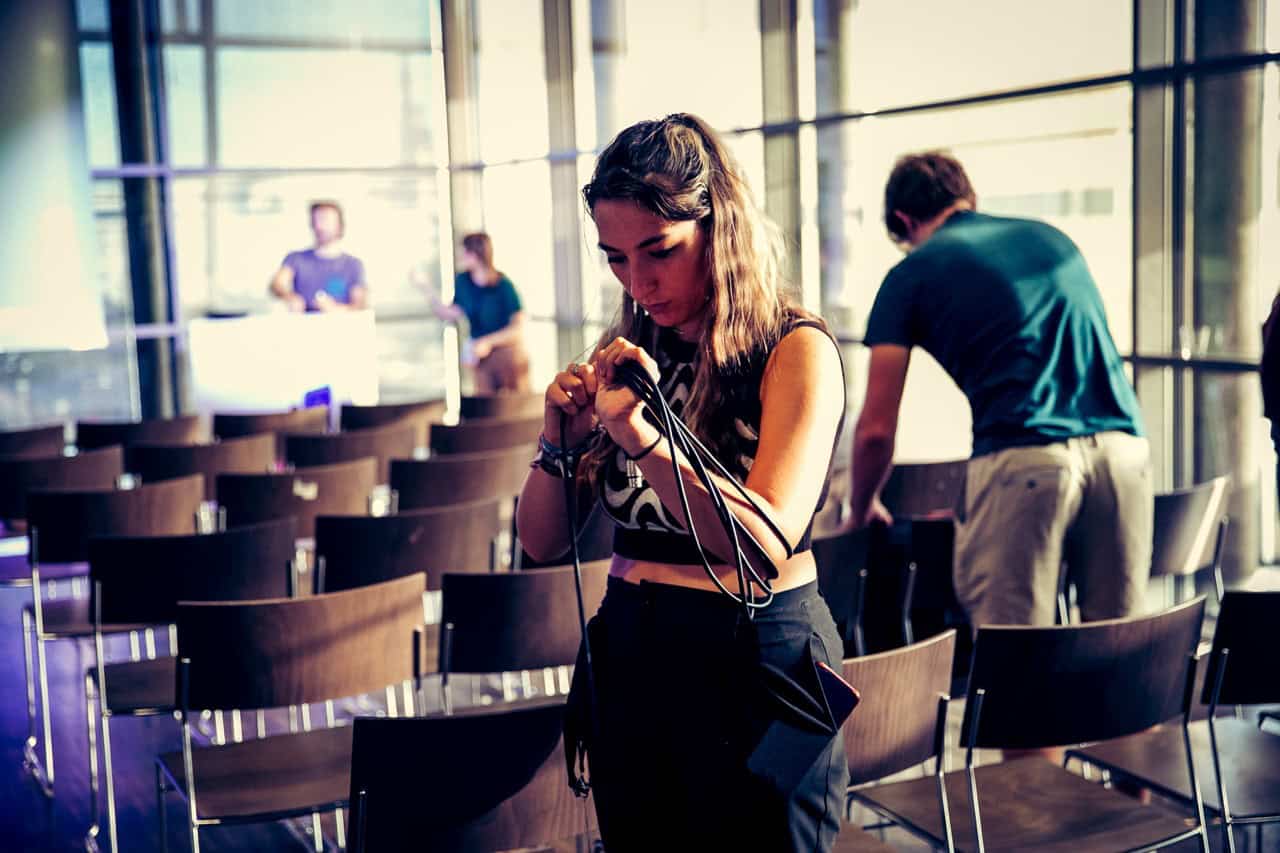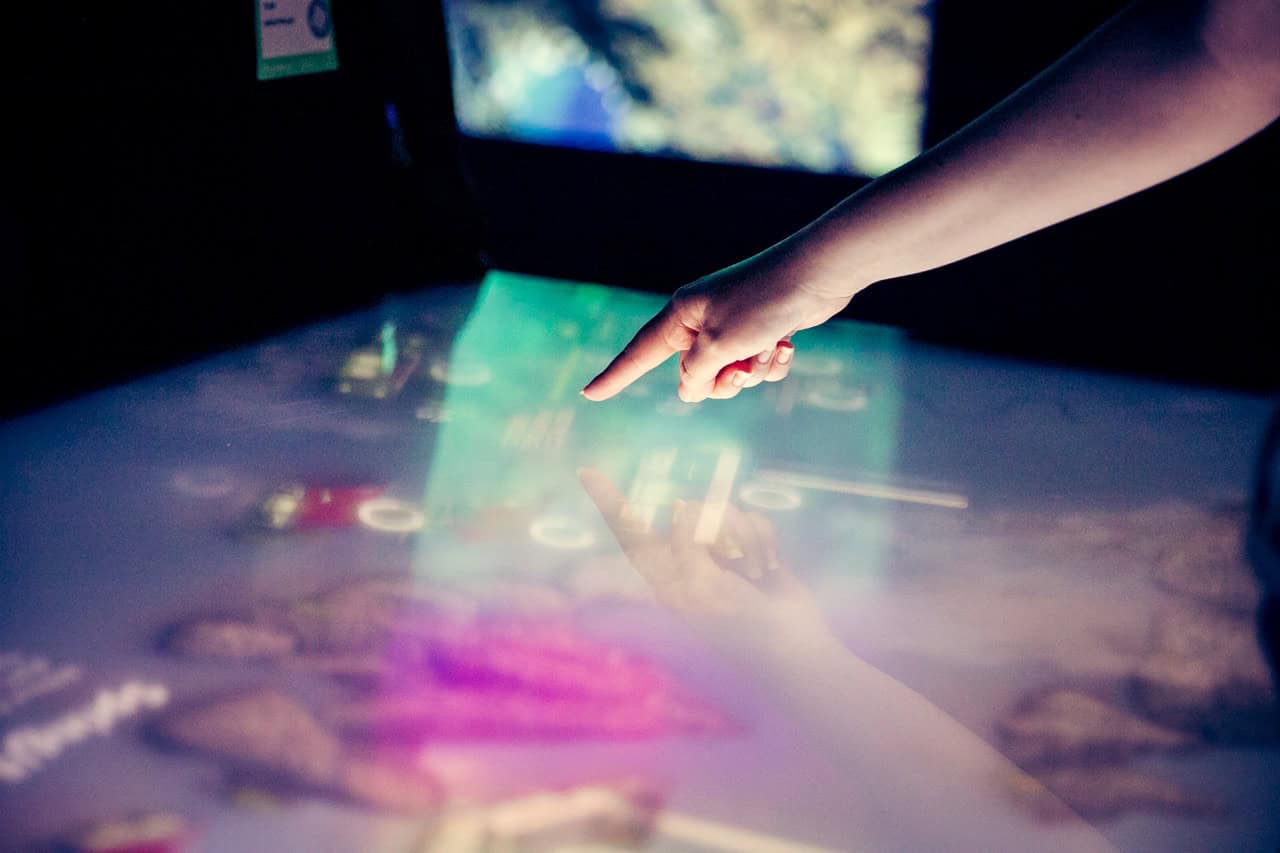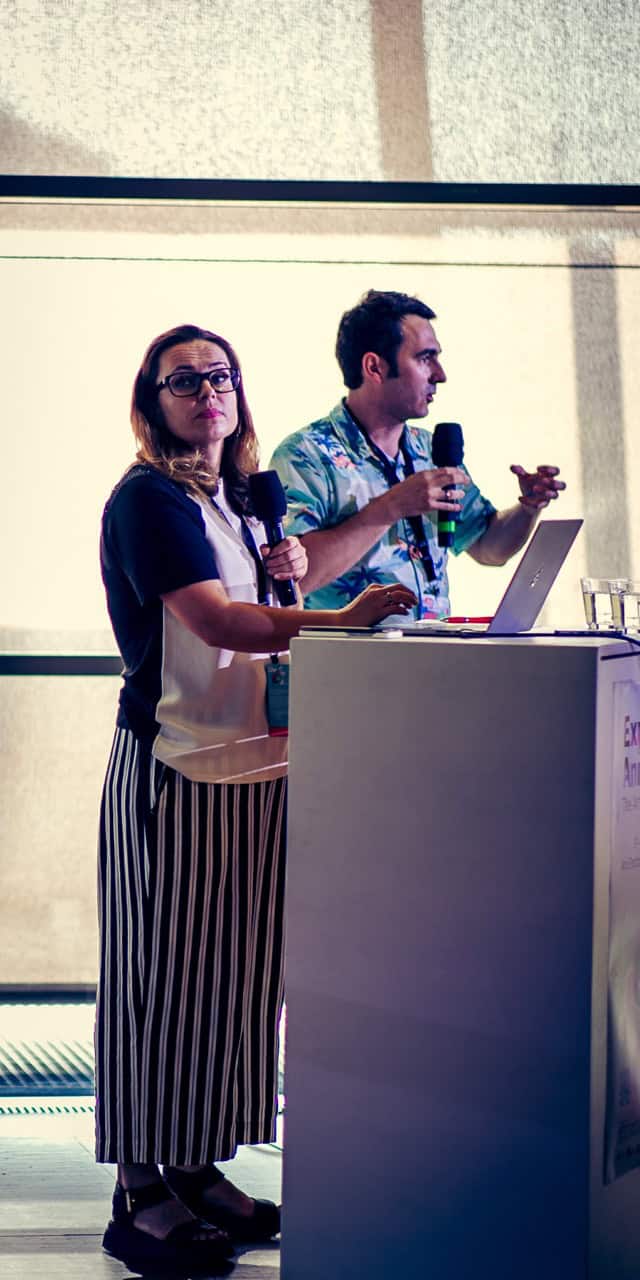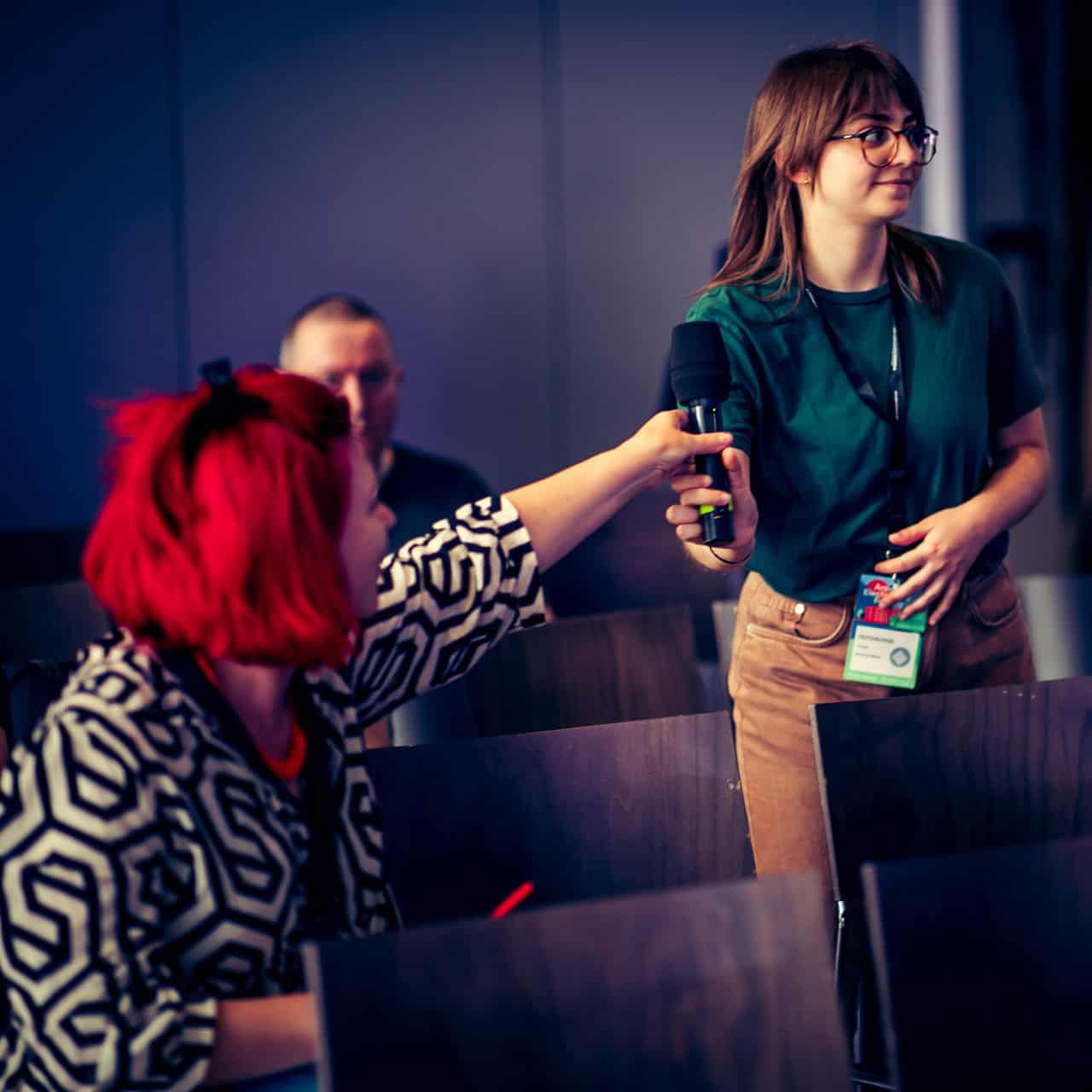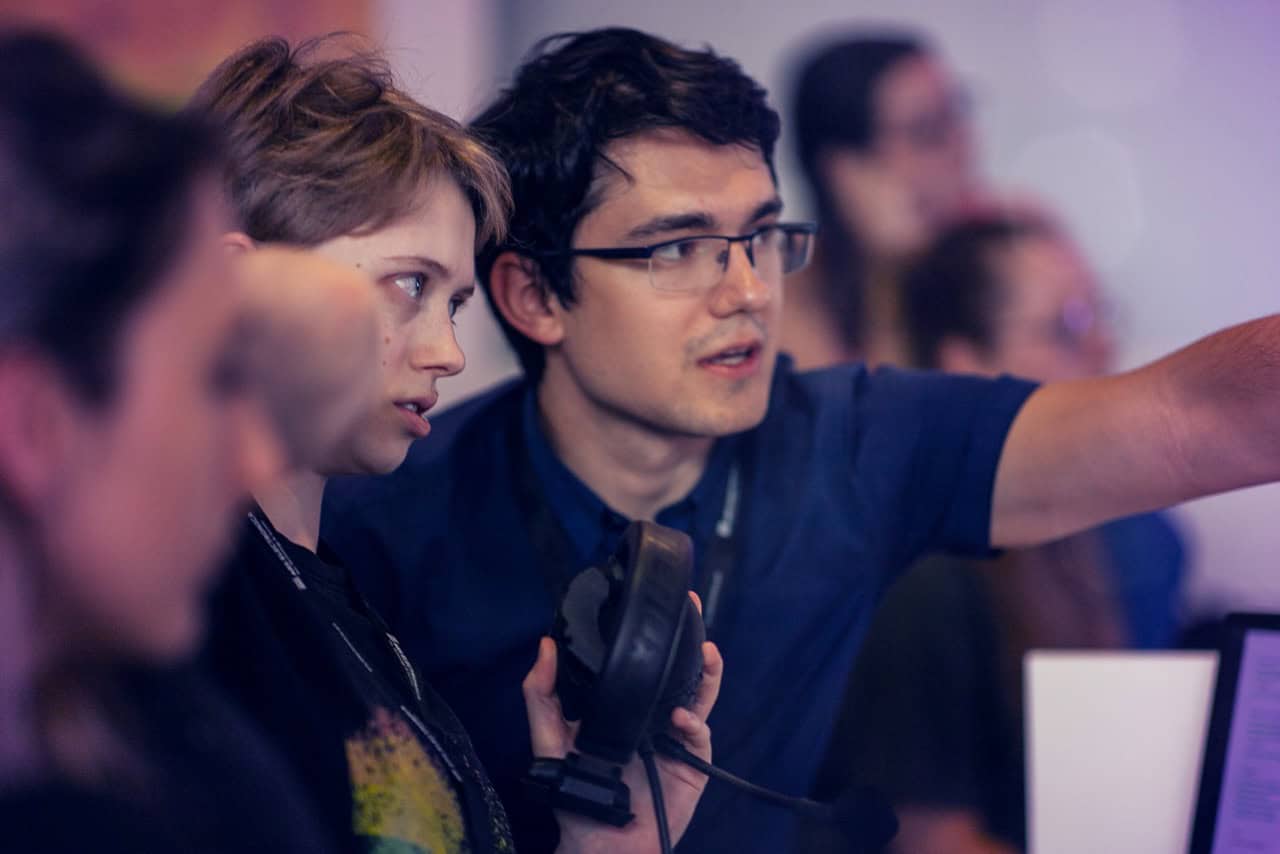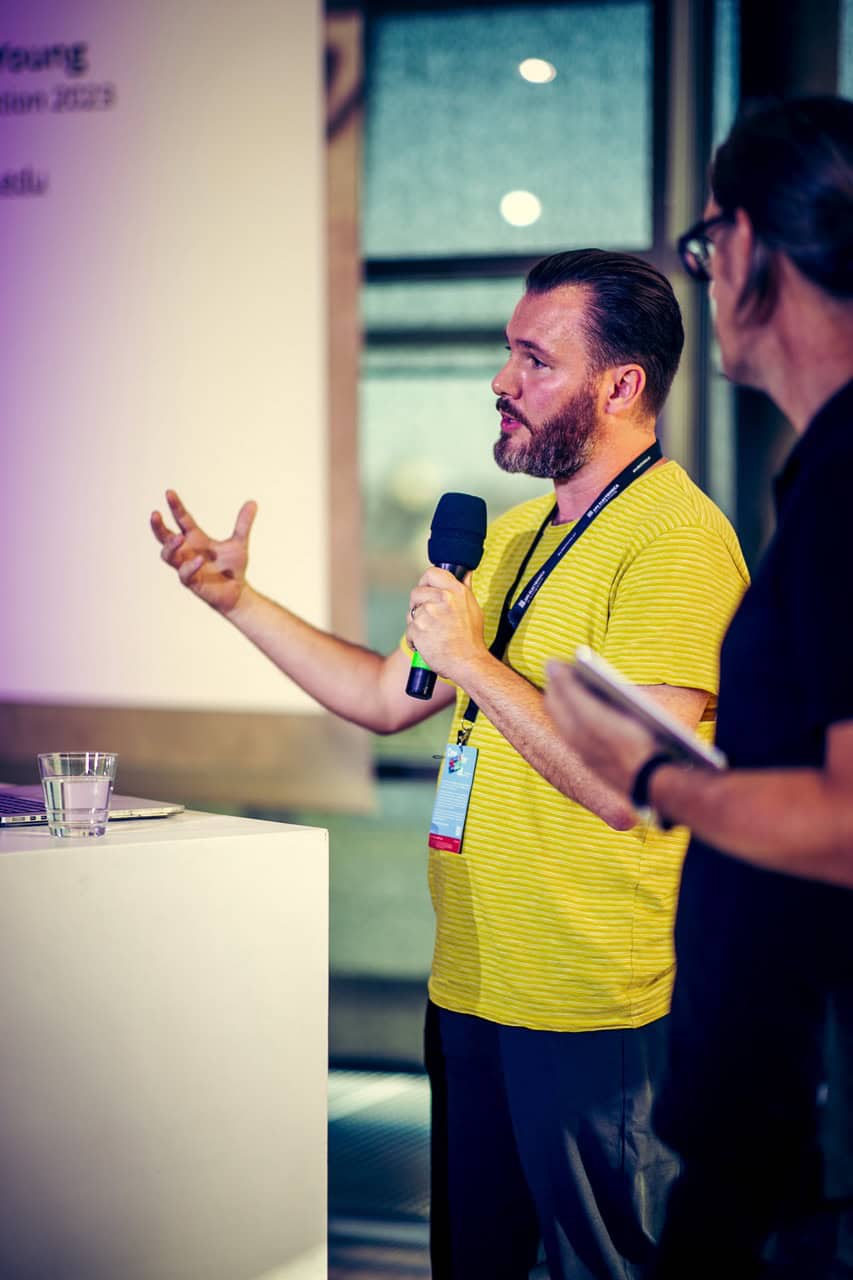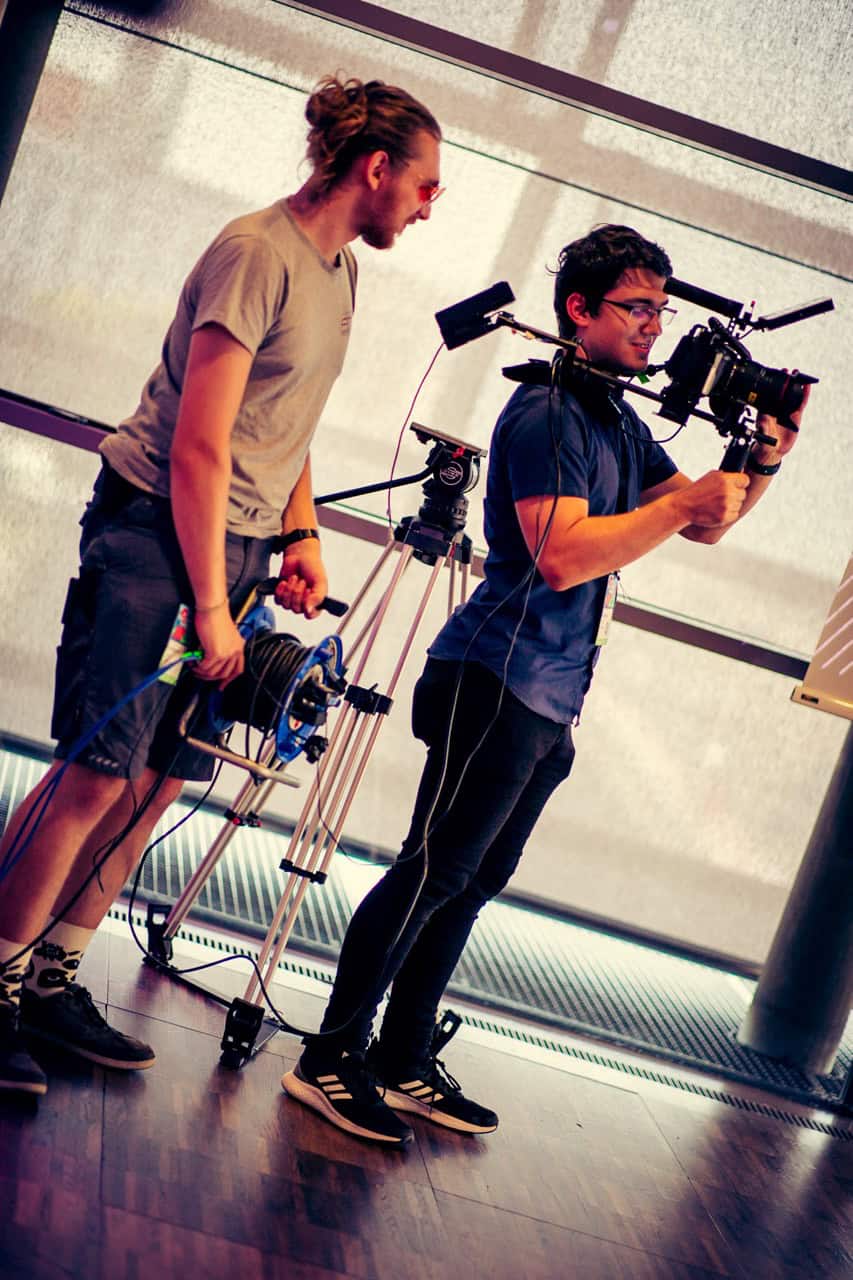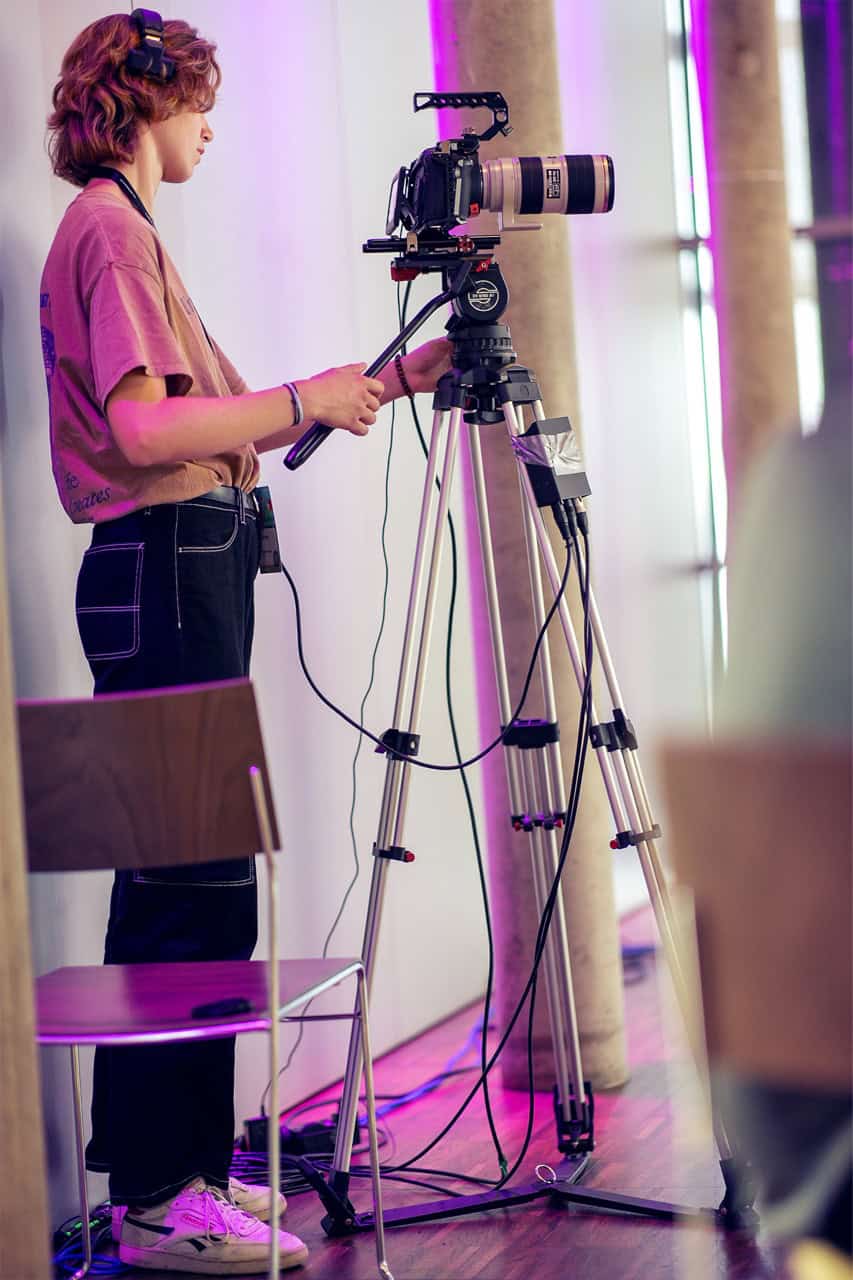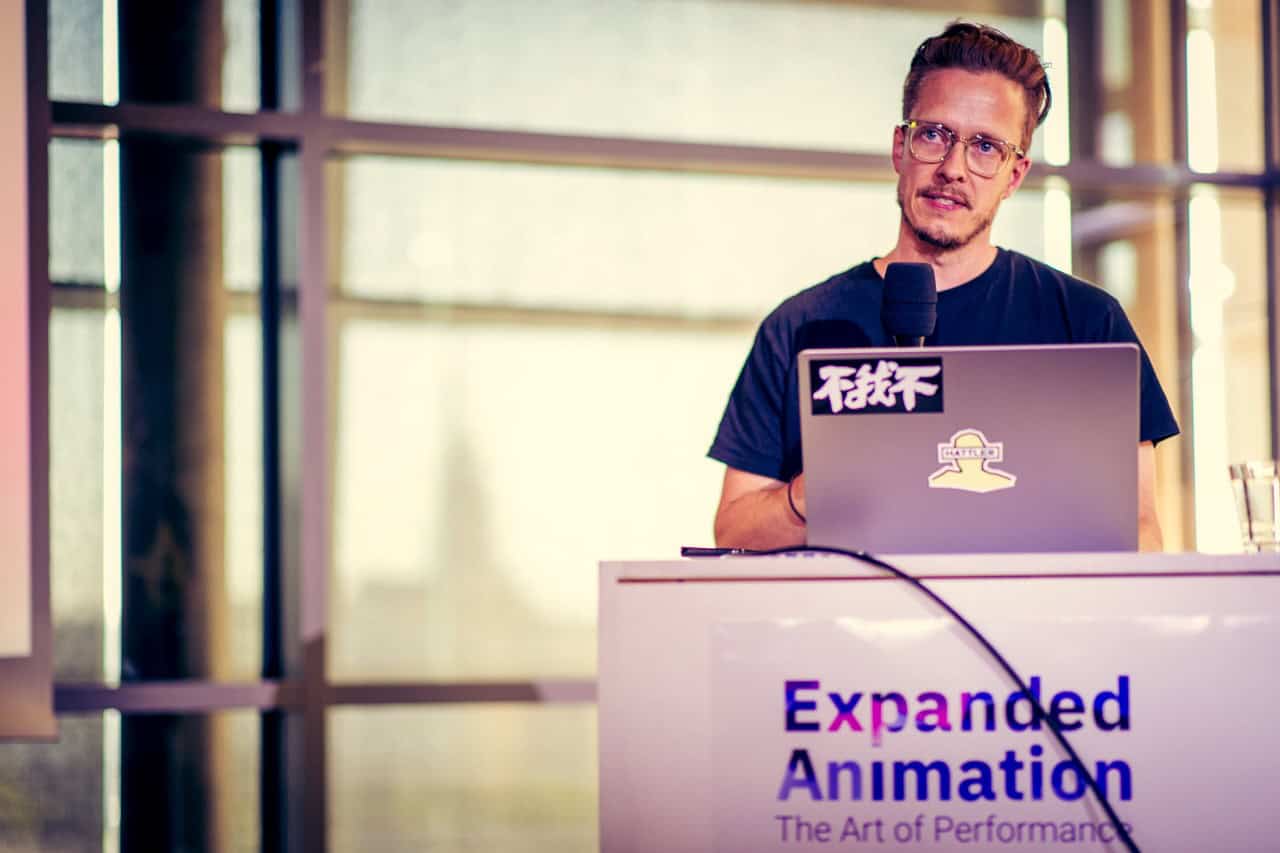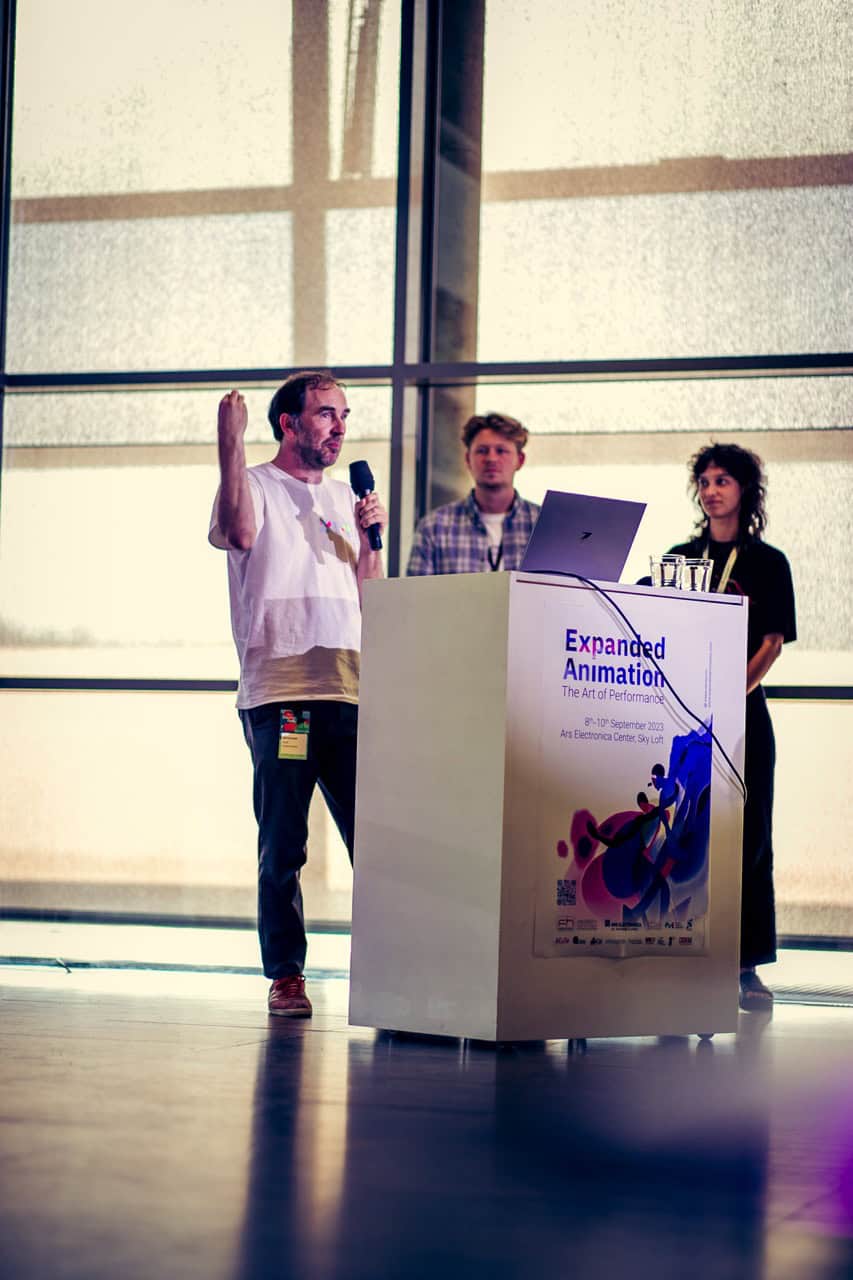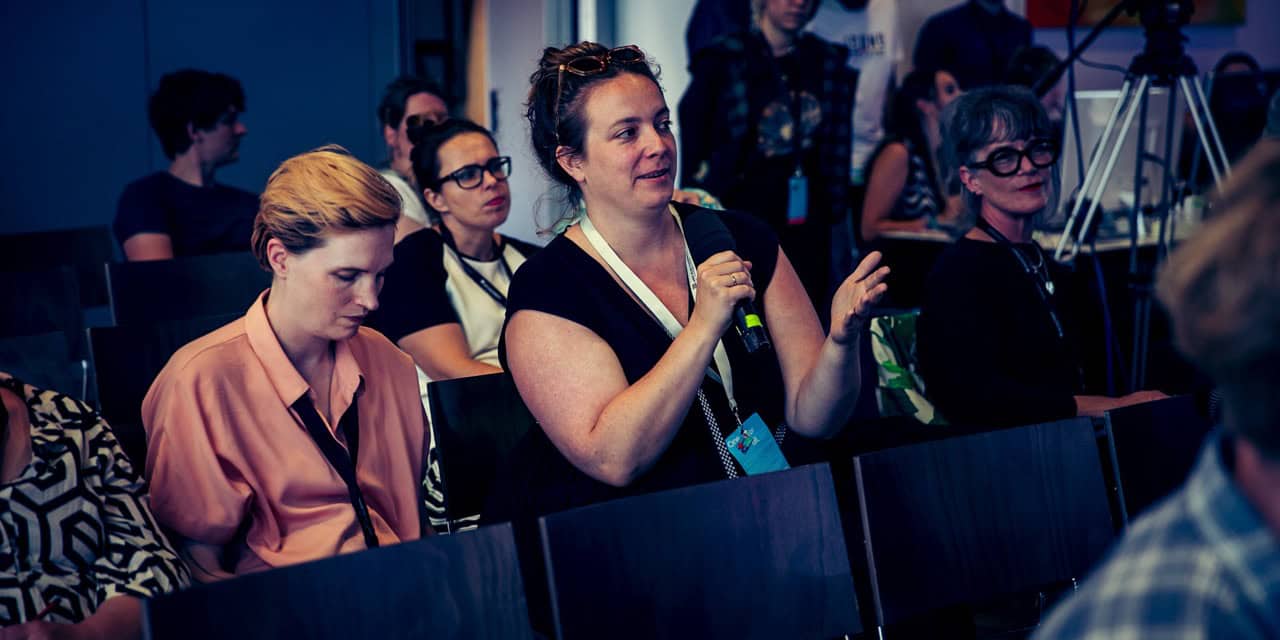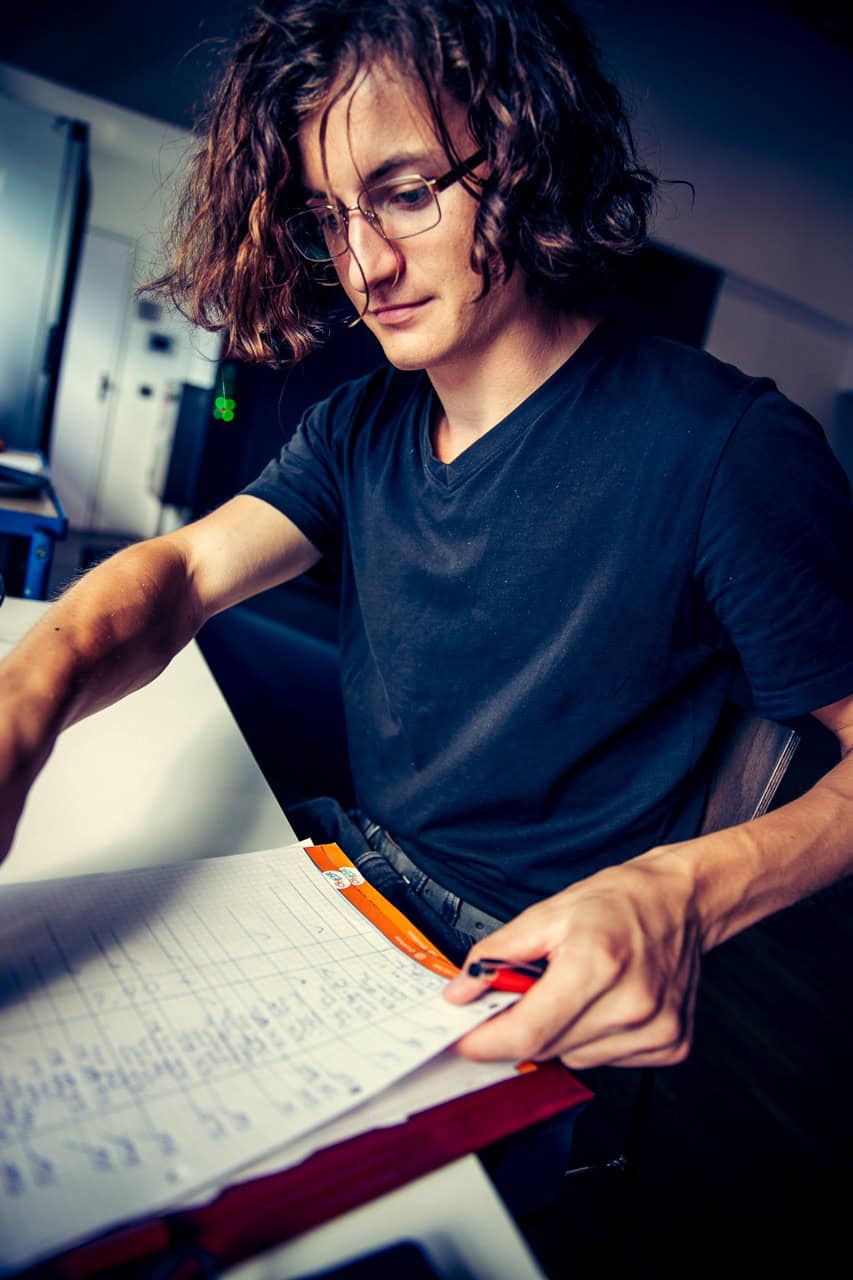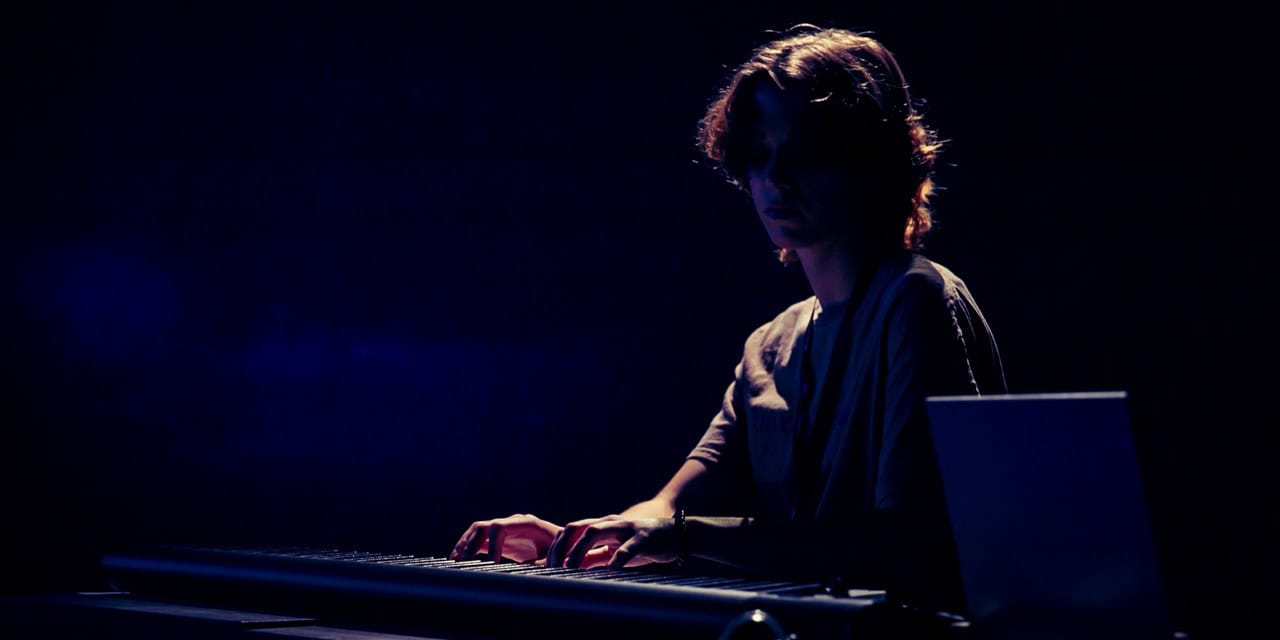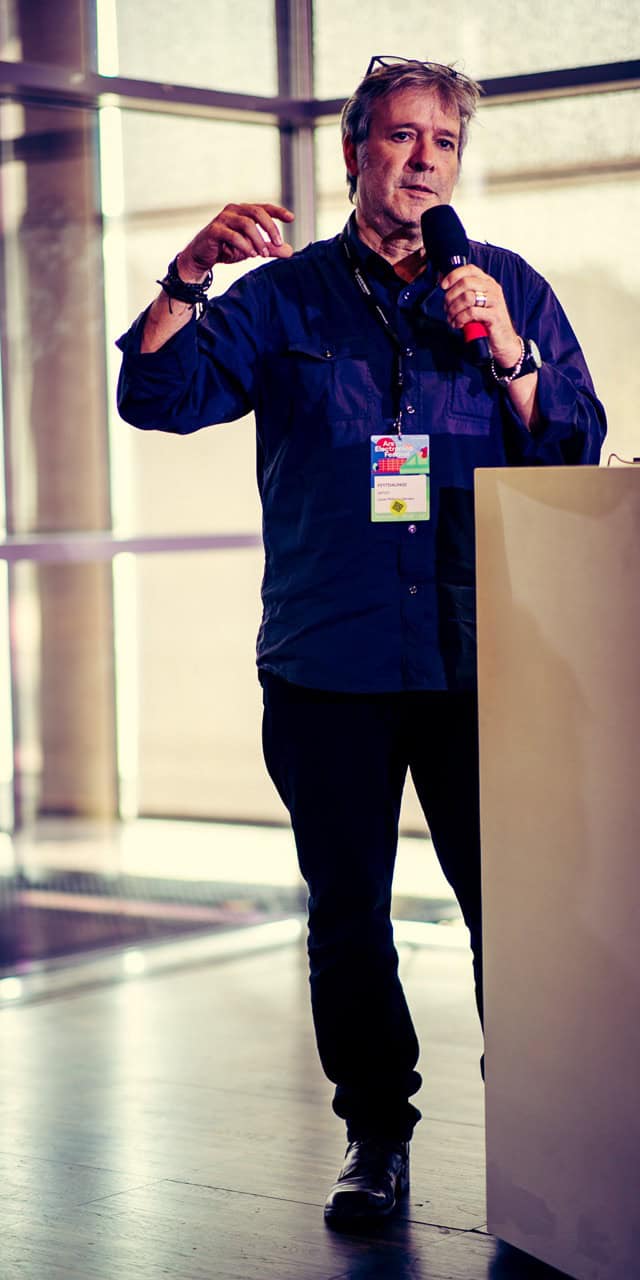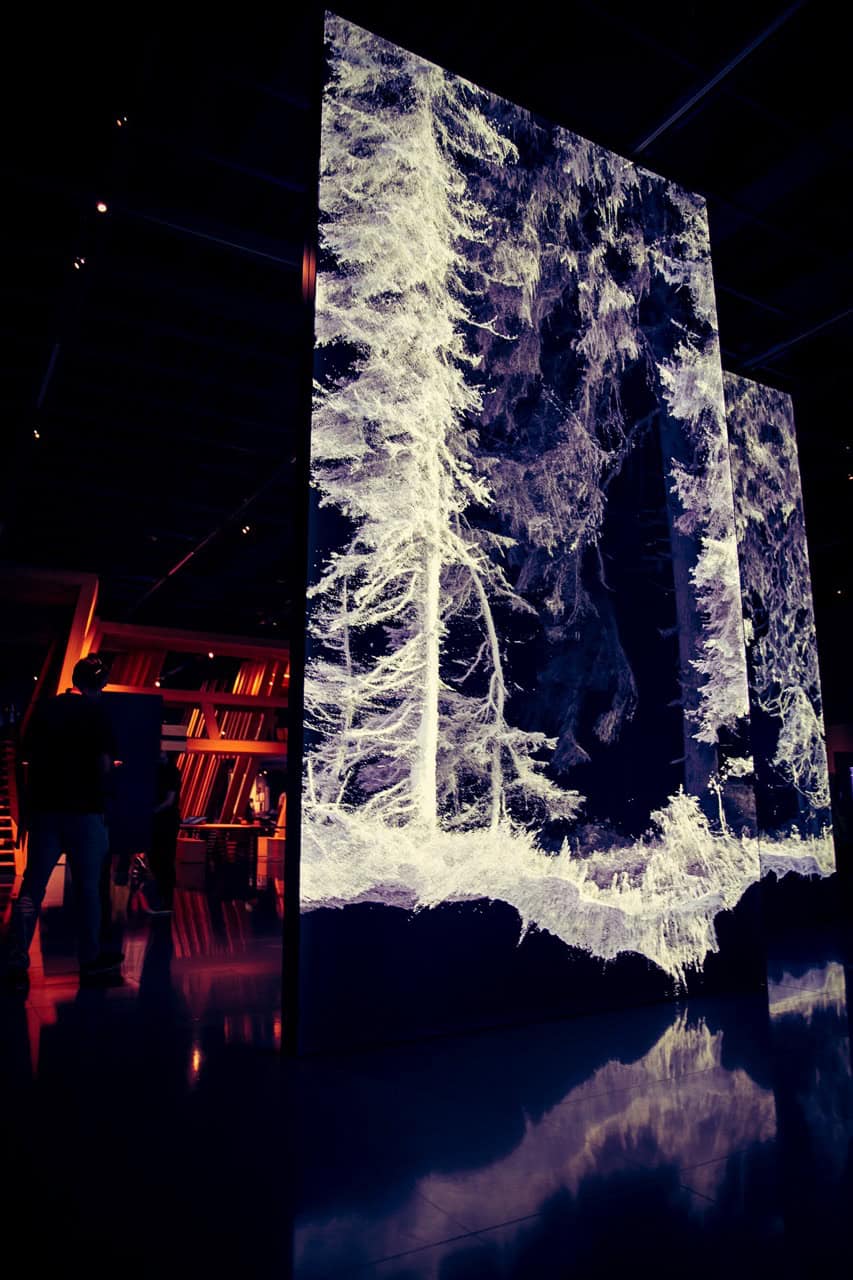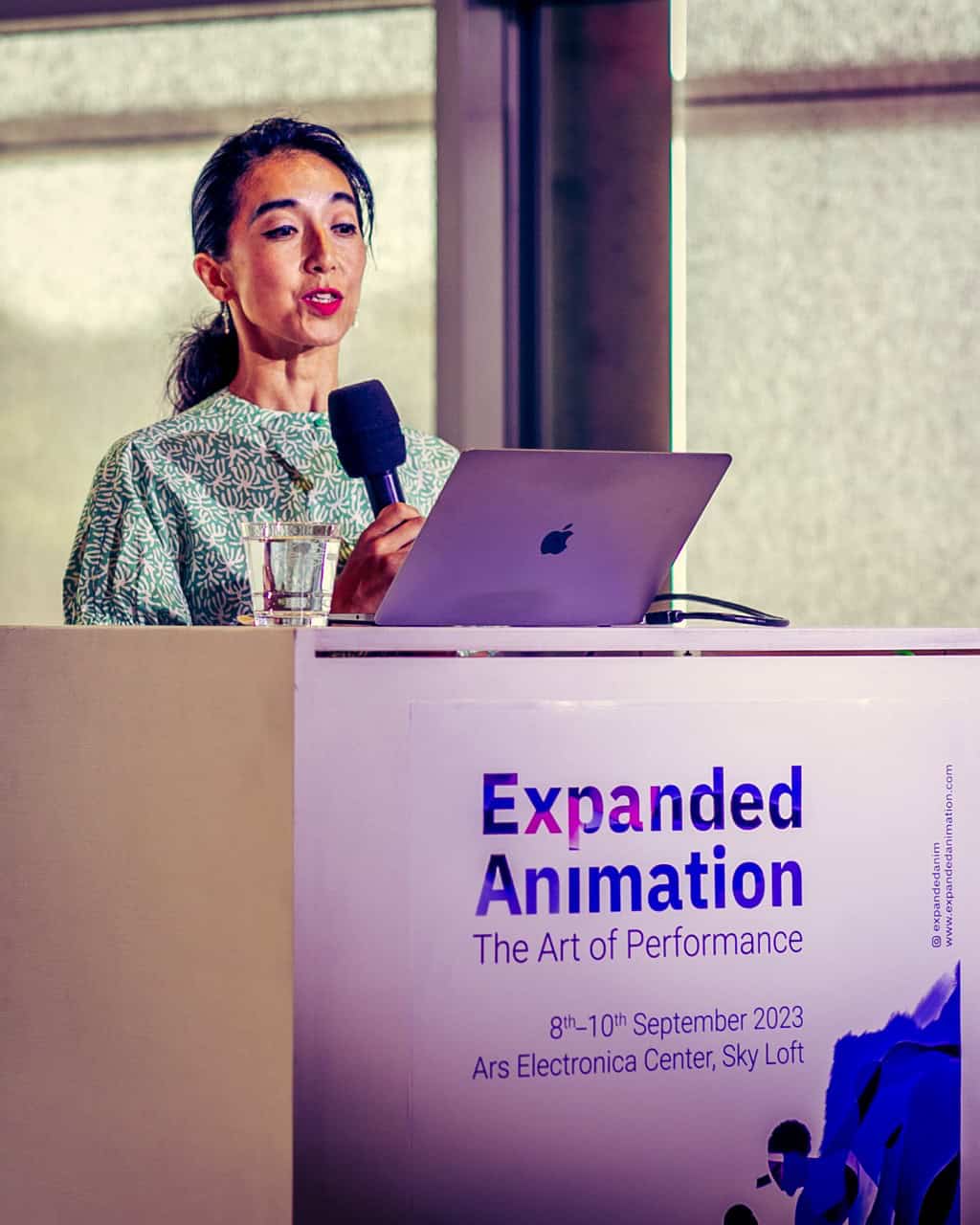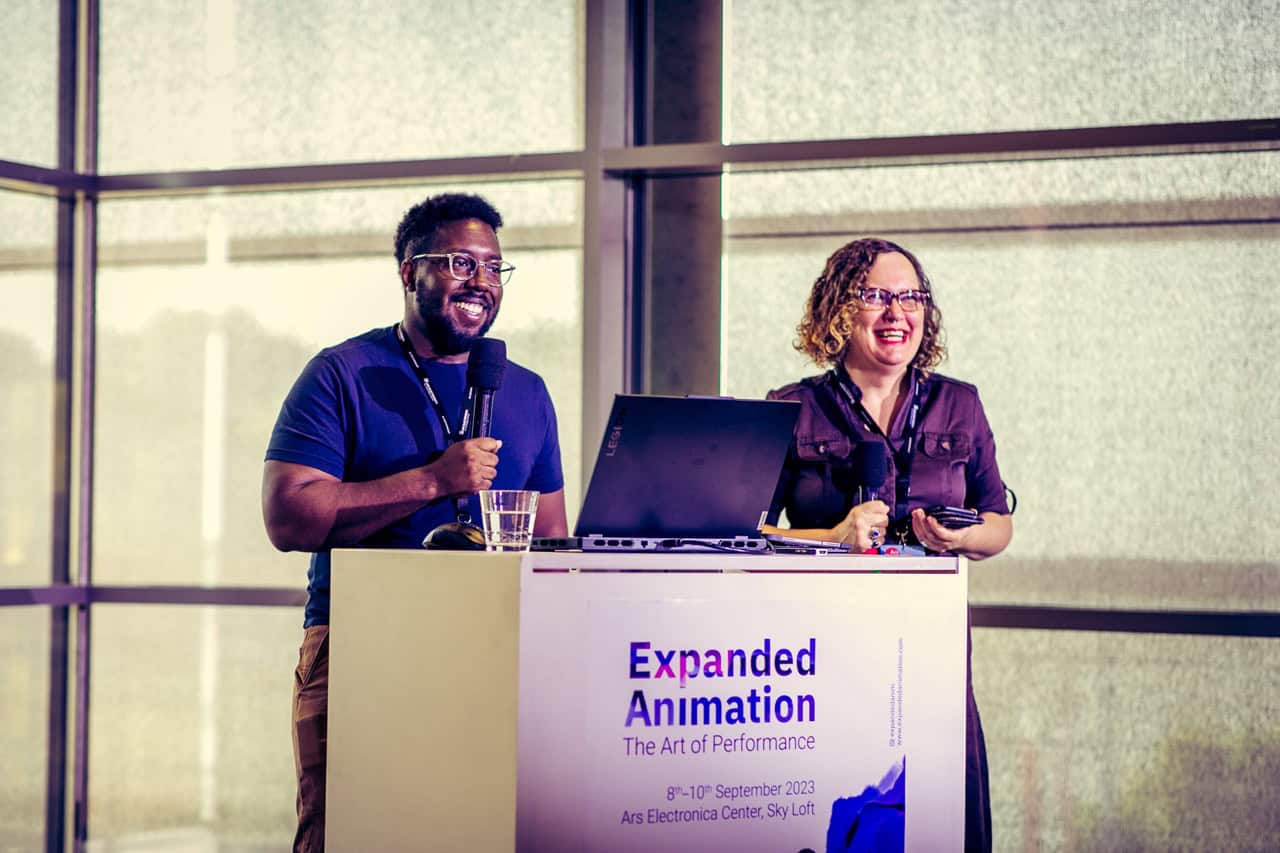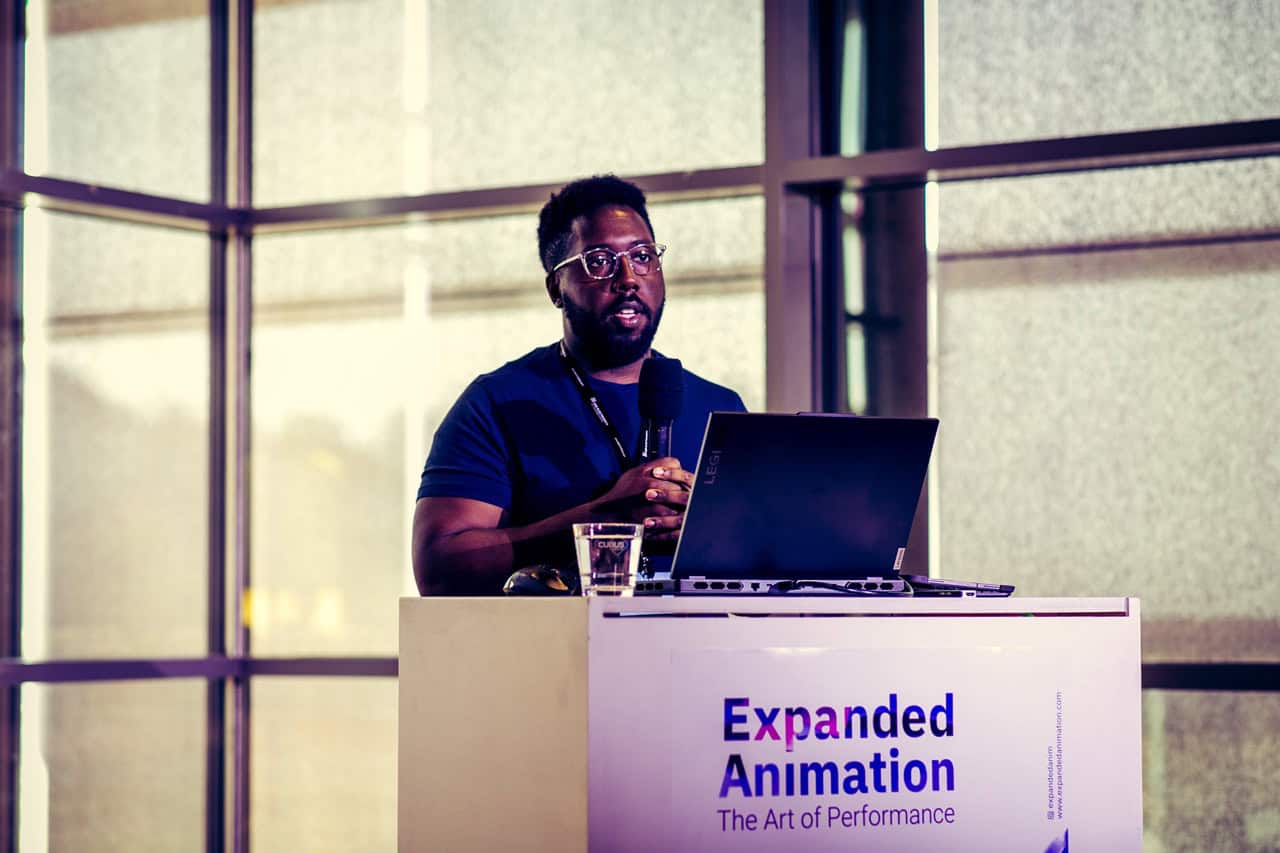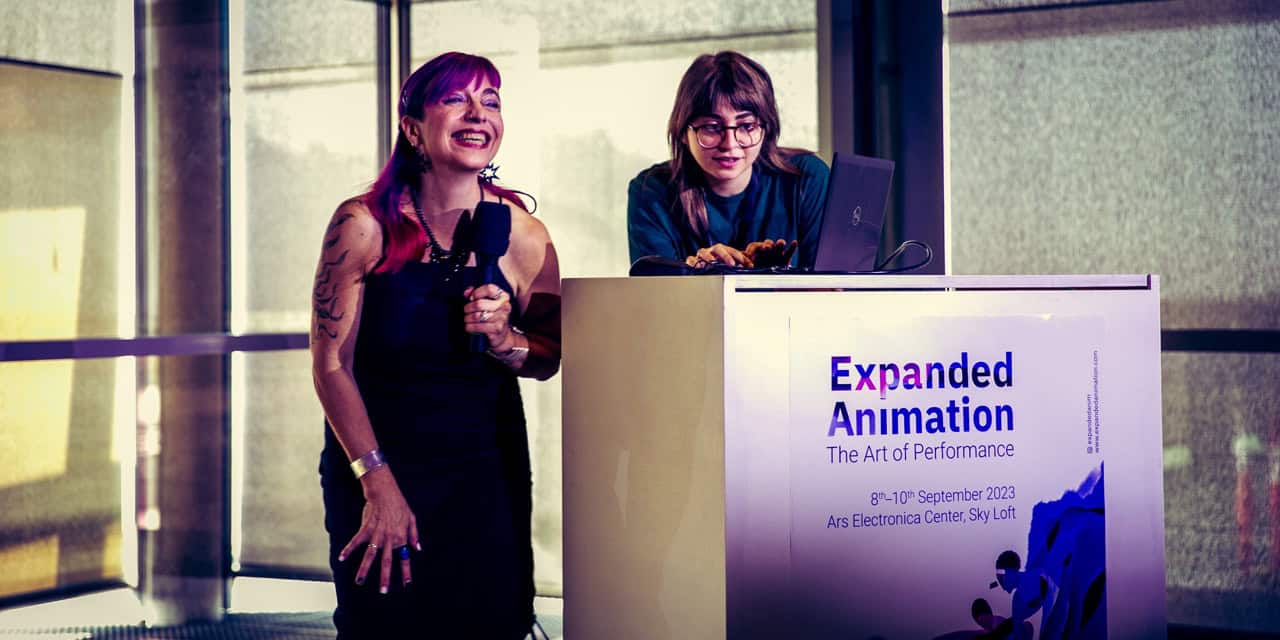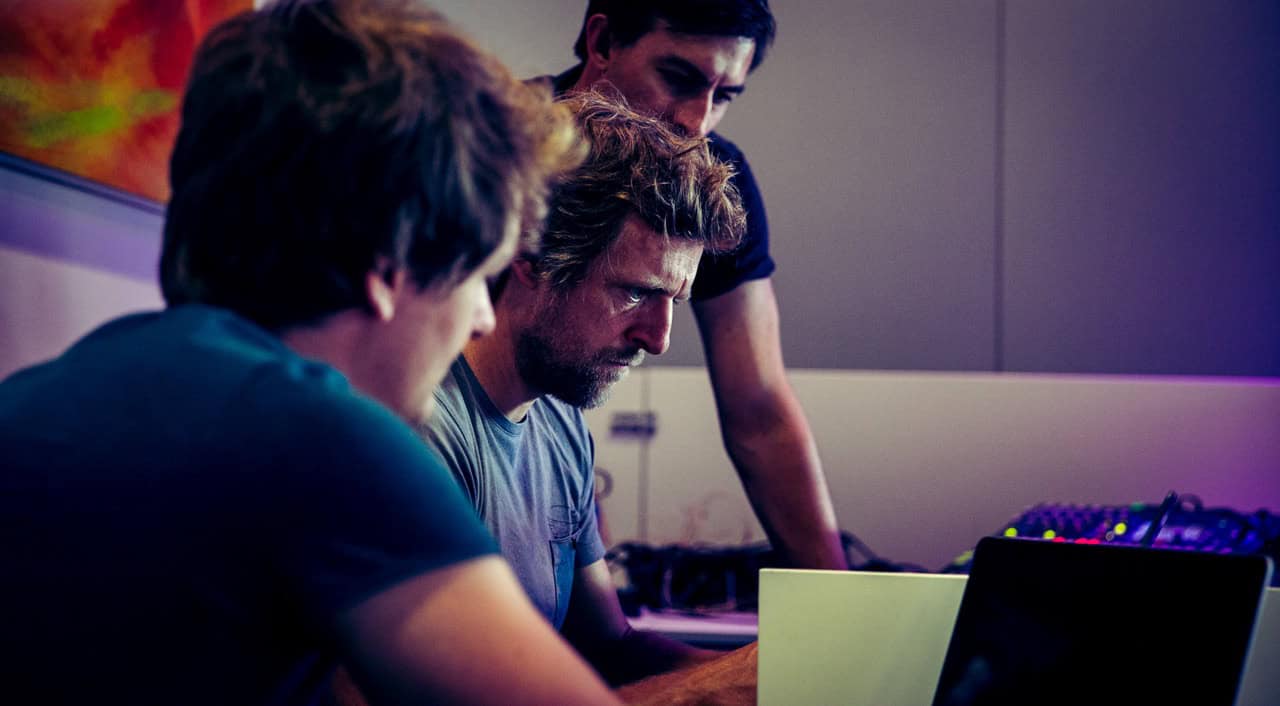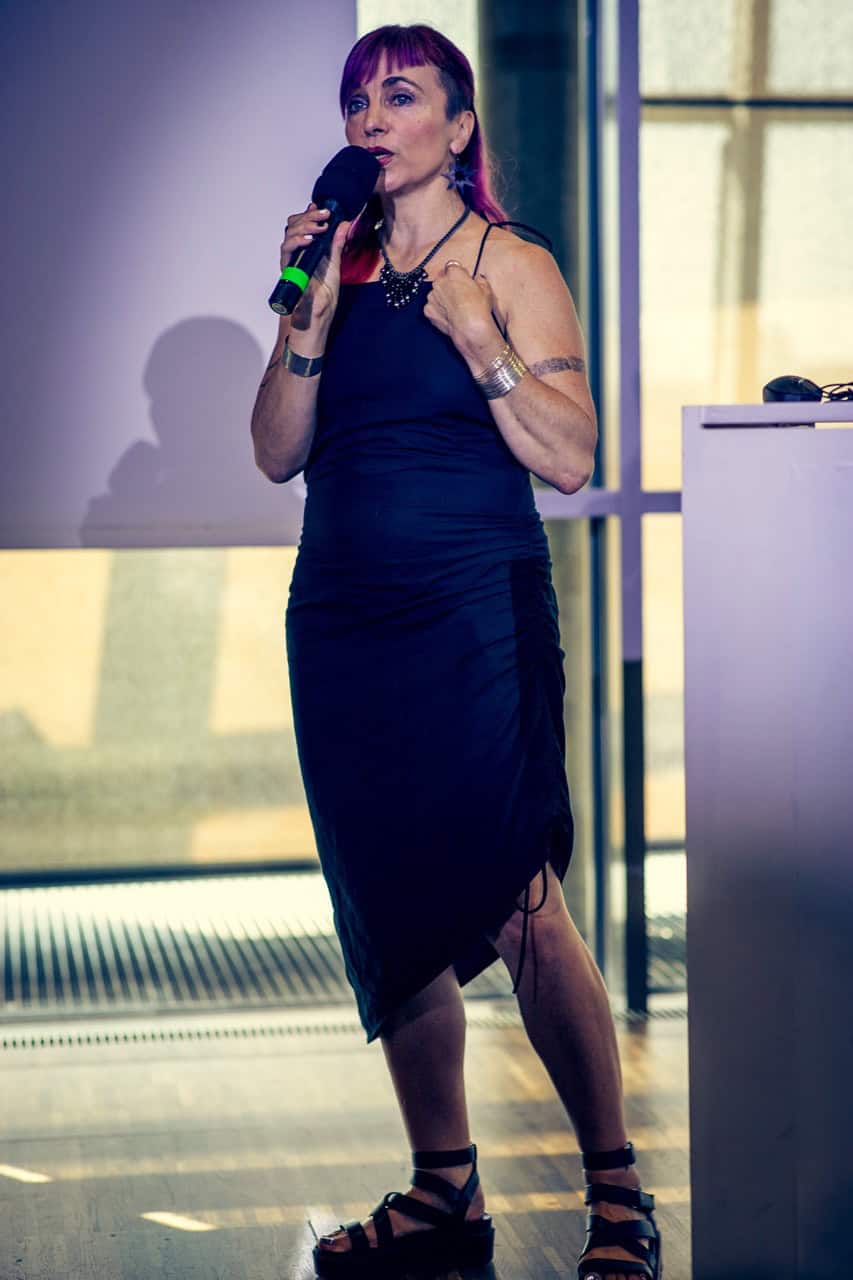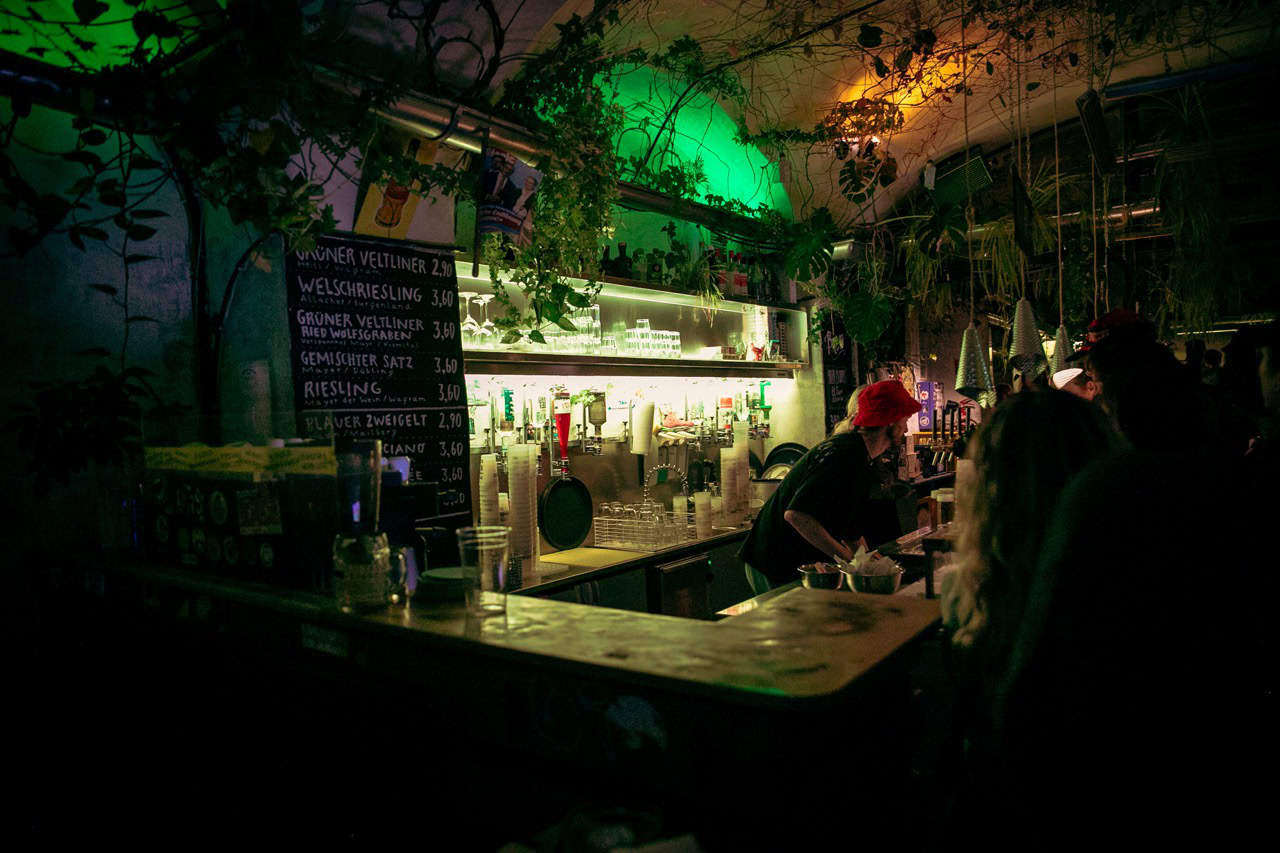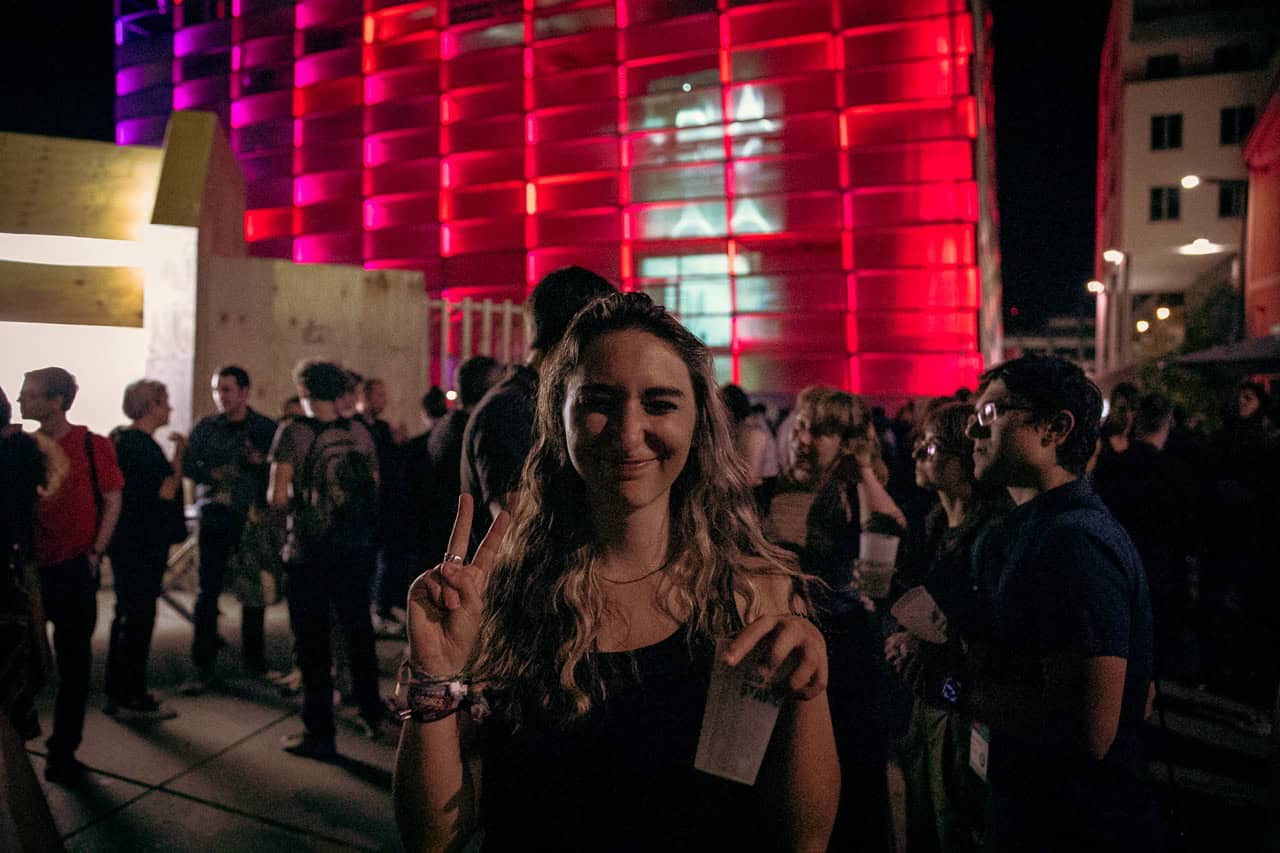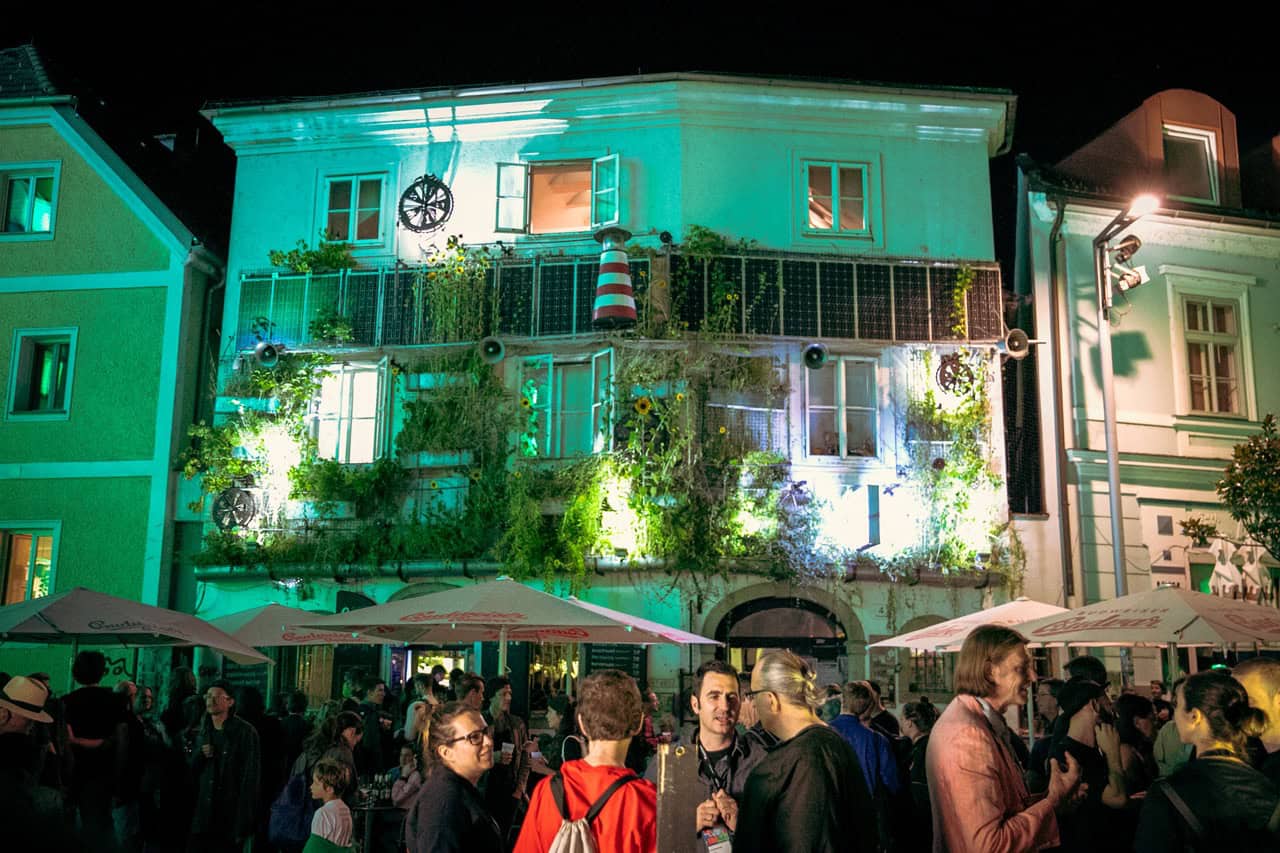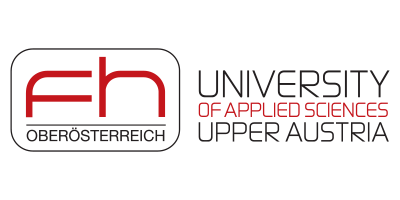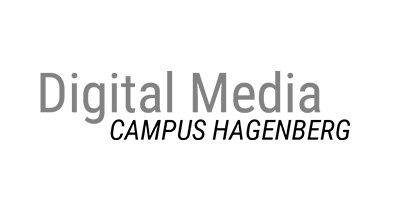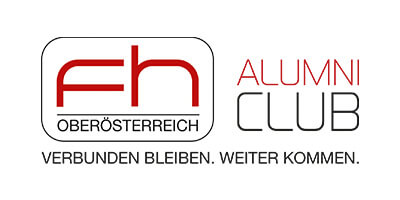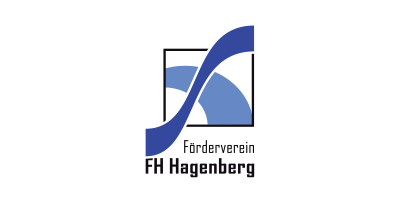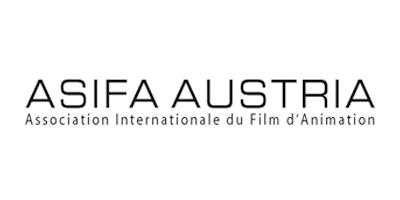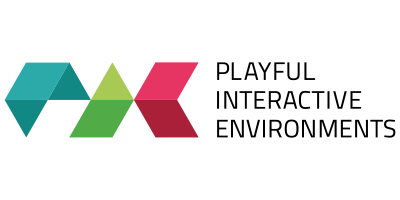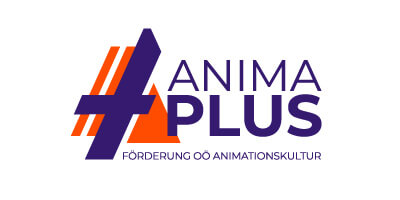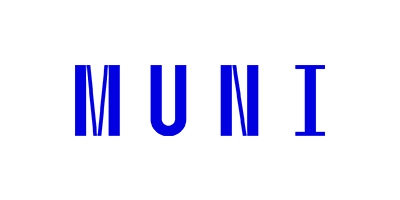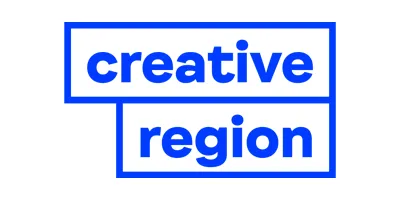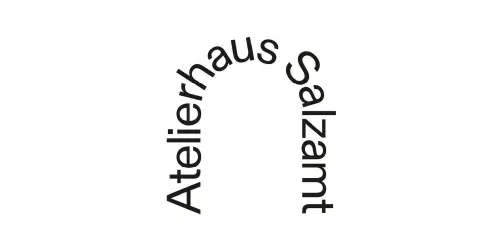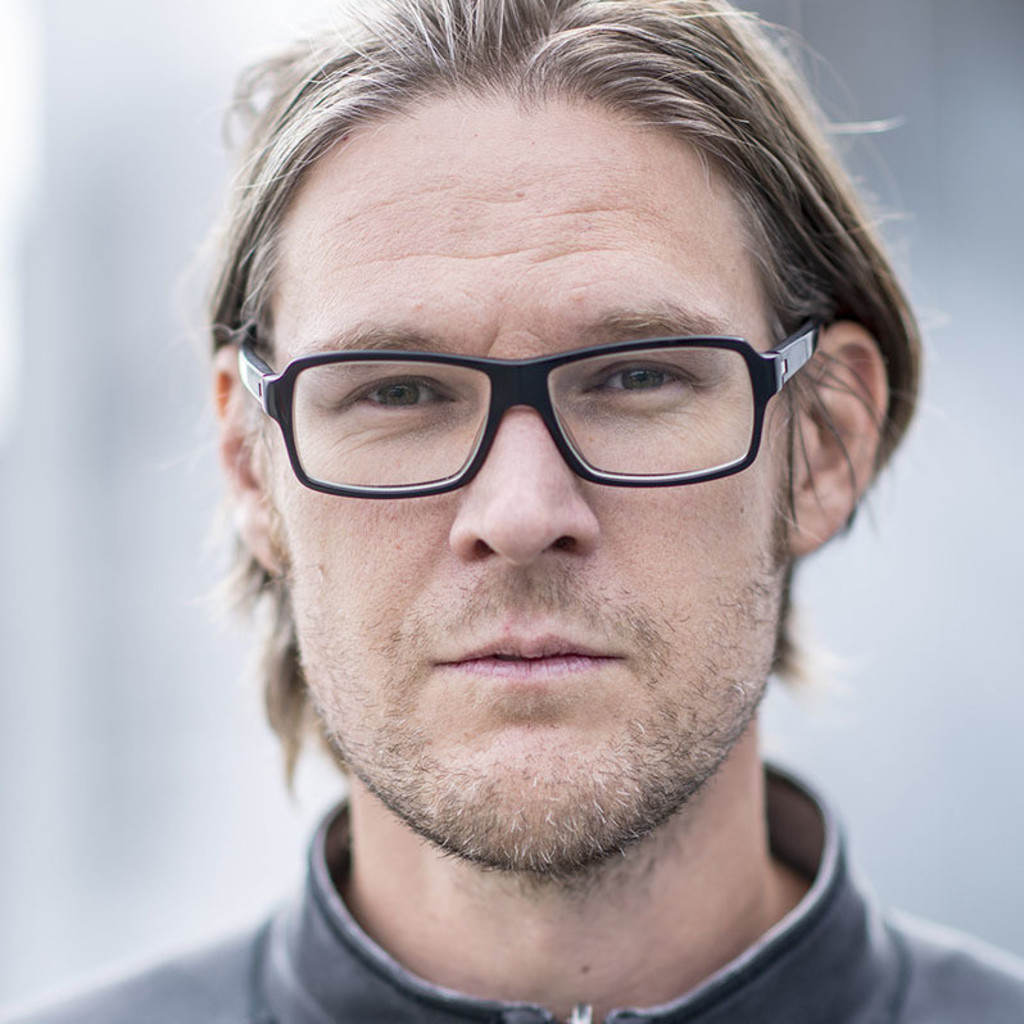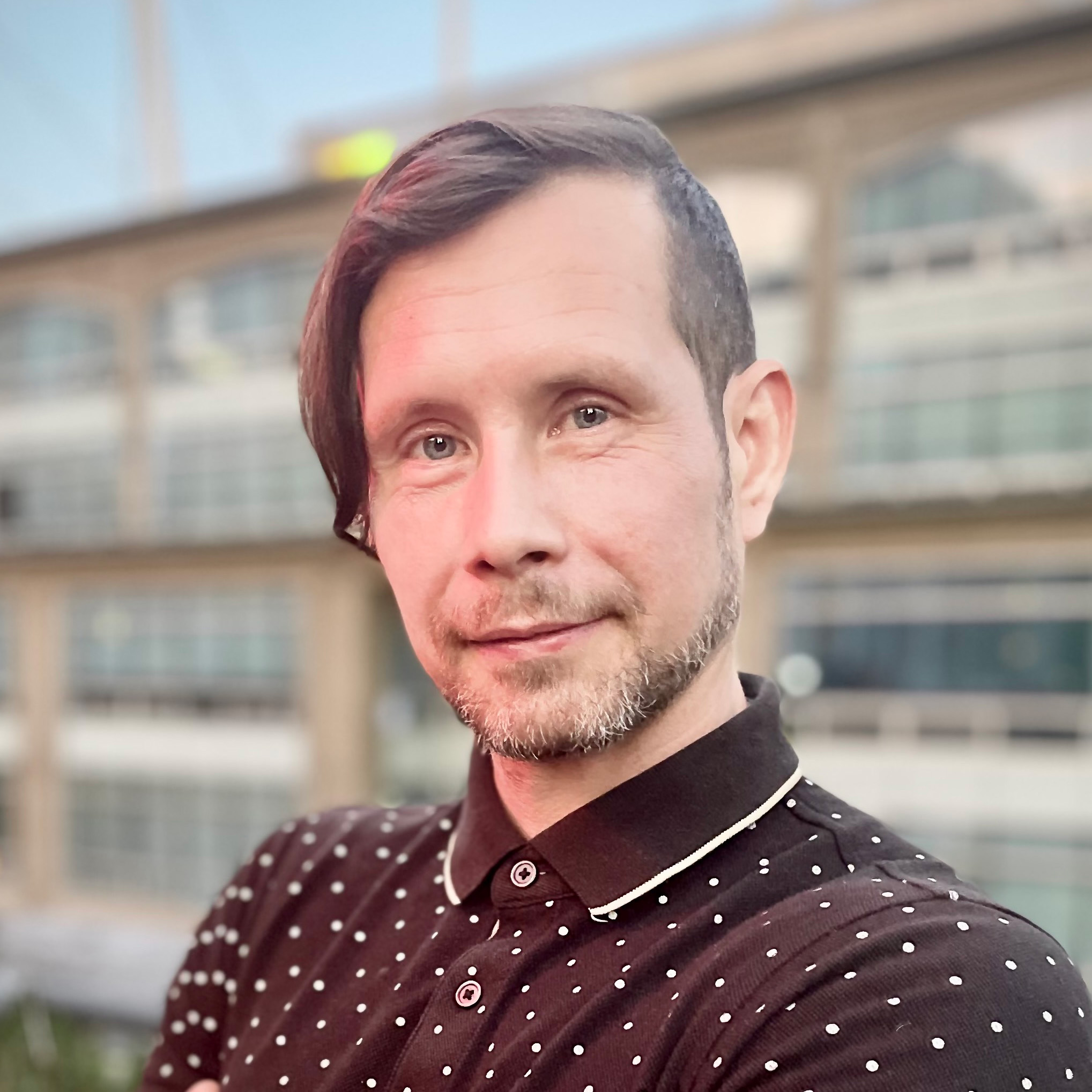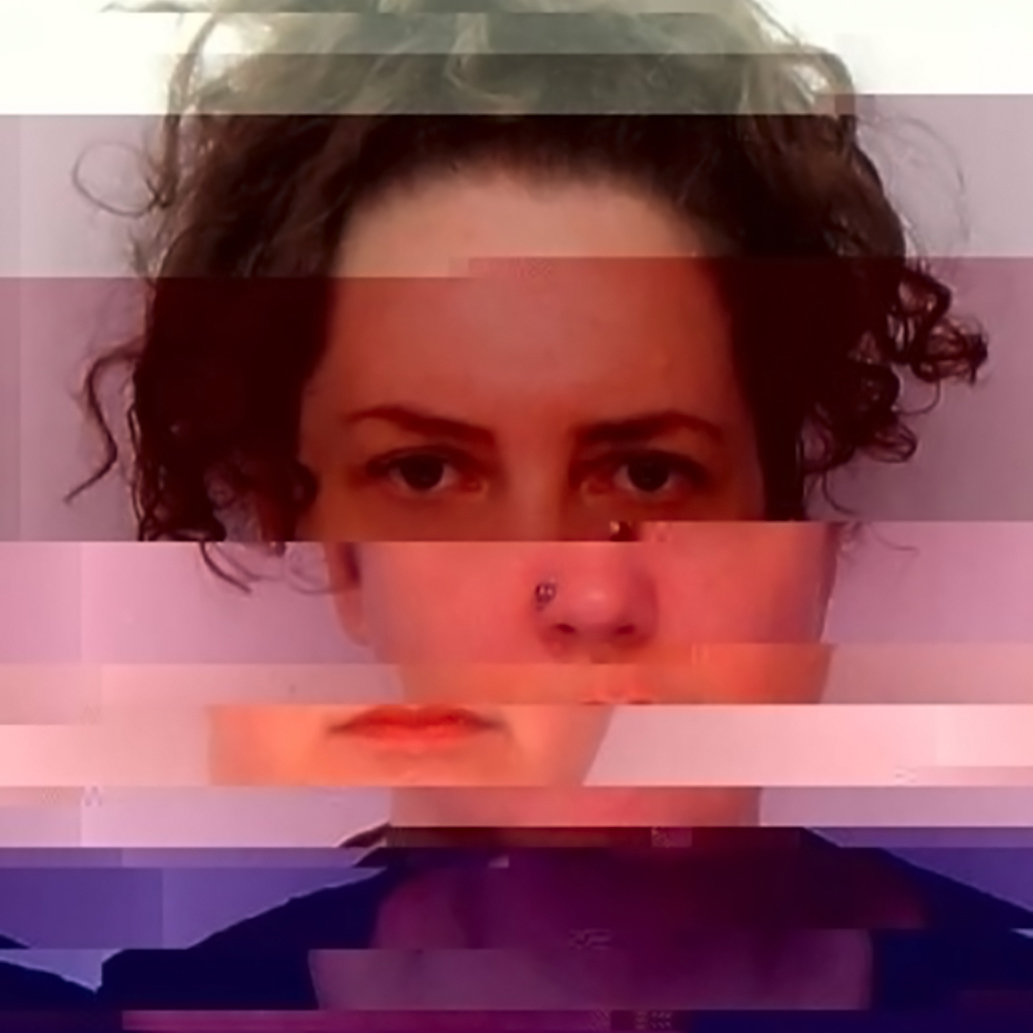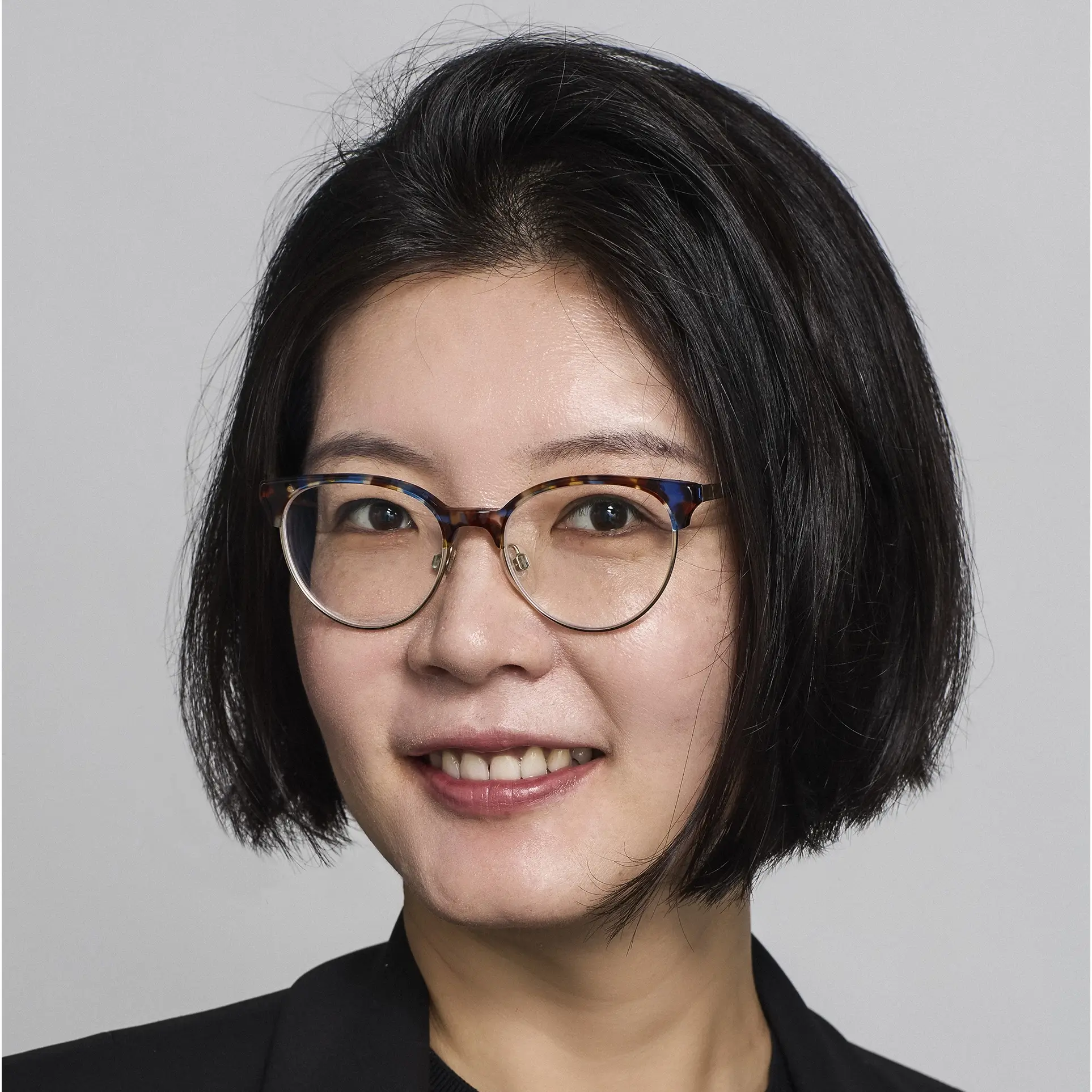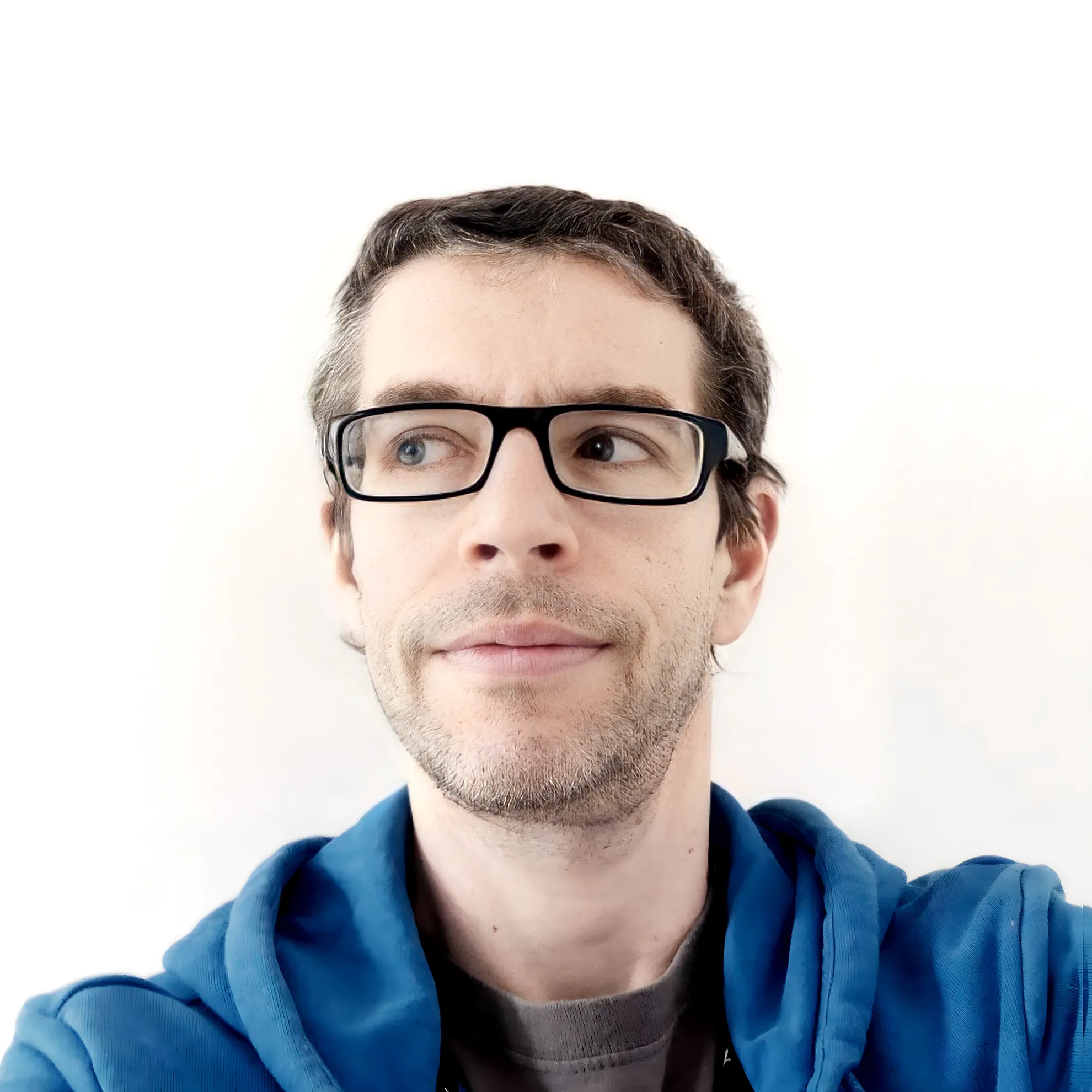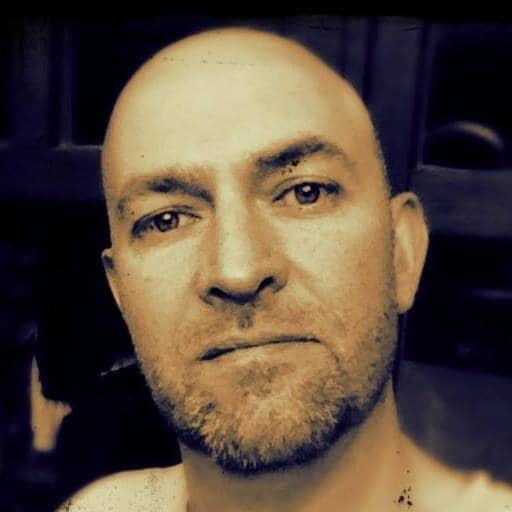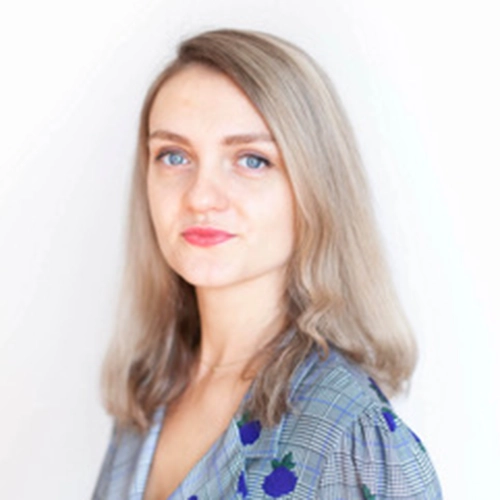This year’s Expanded conference will take place at the skyloft in Ars Electronica Center in Linz, Austria.
Live In
Expanded 2025
The thirteenth edition of the Expanded Conference in cooperation with ACM, organized by the Hagenberg Campus of the University of Applied Sciences Upper Austria and Ars Electronica, will take place from September 3rd to 5th as part of the Ars Electronica Festival 2025.
Location: skyloft at Ars Electronica Center, Ars-Electronica-Straße 1, 4040 Linz, Austria
CONFERENCE ON ANIMATION AND INTERACTIVE ART

EXPANDED 2025 – Conference on Animation and Interactive Art
The Expanded Conference (Expanded 2025) will take place from September 3rd to 6th as part of the Ars Electronica Festival 2025. This call for paper focuses on academic papers in the field of Expanded Animation and Interactive Art that explore and experiment with visual expression at the intersection of art, technology, and society. We will have two categories (Research Paper and Art Paper), where submissions will undergo a rigorous review process. All selected speakers will be given a free pass to the Ars Electronica Festival (September 3rd to 7th).
Topics of interest include, but are not limited to:
- 3D Scanning
- AI-generated Images
- AI-based artworks
- Artistic Computer Animation
- Art & Science collaboration projects
- Audio-visual Experiments
- Data Journalism and Animated Documentary
- Data Visualizations
- Digital Media Art History
- Digital, Hybrid, and Expanded Theater
- Expanded Animation
- Generative Art
- Human-AI interaction and Human-AI collaboration
- Hybrids between Animation and Game
- Media Facades
- Music Visualization
- New approaches to artistic research and practice-based methodologies
- Participatory art projects
- Performance Projects
- Playful Interactions and Experiences
- Projection Mapping
- Projects using NFT, Metaverse, Social Media
- Reactive and Interactive audio/visual Work
- Real-time CG
- Scientific Visualizations
- Site-specific Installations
- Sound Art and Soundscapes
- Tangible Interfaces and New Forms of Experiences
- Transmedia Narratives
- Virtual Humans and Environments
- Virtual Production
- VR, AR, MR, XR
Submission Categories
- Research Paper (ACM double-column format)
- Focus on academic works that present study results, literature reviews, theoretical considerations, etc. based on state-of-the-art research methods
- Up to 8 pages (excluding references)
- Presentation: 10 min. + panel discussion
- Submissions will undergo a strict double-blind review process
- Contributions must be novel and not been published somewhere else.
- Art Paper (ACM double-column format)
- Focus on the artwork, case study, and work in progress – including theory and context
- Up to 8 pages (excluding references), incl. video documentation
- Presentation: 10 min. + panel discussion
- Peer-reviewed in form of a single-blind process
- No exhibition or on-site demonstration
- The submitted paper has to be original and not previously published or currently accepted for publication elsewhere.
Important Dates
- Submission site open: February 24th, 2025
- Submission deadline: April 27th, 2025, 23:59 (AoE)
- Decision notification: June 9th, 2025 (AoE)
- Camera-Ready Deadline: End of July 2025
- Conference days: September 3rd to 6th, 2025
Submission
Submission is via Easy Chair at https://easychair.org/conferences/?conf=expanded2025, where you will be prompted to set up a free Easy Chair account if you don’t have one already.
All submitted papers should be fully anonymized.
Please exclude any author and institution information from the author list on the title page, remove author information from all paper headers, and remove any clues that would directly identify any of the authors. Please anonymize your submission file. Please also check that your PDF creator programs did not include author information in the metadata.
Citations of your own published work (including online) should be in the third person, in a manner that is not traceable to the identity of the authors. For example, the wording “in [4], Valley and Sea have proposed…” is acceptable, whereas “in [4], we have proposed…” is not. (Where reference [4] is listed explicitly as “Valley, D. and Sea, A., Detecting Valley and Sea, In Proc. XYZ ’24, 901–911.”)
Please refrain from mentioning the name of your institution in the study approval statement. For example, do not say, “Our study was approved by the IRB board at the University of Arts,” as that reveals your university’s name.
Please do not include an “acknowledgments” section in the submission. If your Art Paper is accepted, you will submit a revised version that identifies you and your co-authors, your affiliations, and any appropriate acknowledgments.”
Template
You are invited to submit in the double-column paper format using the ACM master template (double-column, i.e., Latex \documentclass[sigconf, anonymous, review]):
For Latex and Overleaf authors, please use the file “sample-sigconf-authordraft.tex”, which you find within the downloaded template.
Proceedings
All selected papers will be included in a proceedings document and all the activities of the conference will be documented and published at Ars Electronica Archive and Expanded Animation.
Ars Electronica Archive: https://archive.aec.at/print/
Expanded Animation website: https://expandedanimation.com/
Venue
The conference will be held at the Ars Electronica Center as part of the Ars Electronica Festival in Linz, Austria.
The media festival will take place from the 3rd to the 7th of September 2025: https://ars.electronica.art/festival/en/.
Organizing Committee
Please follow the link for the Expanded 2025 organizing committee.
SPEAKERS
The speakers for Expanded 2025 will be listed here as they are confirmed.
PROGRAM
The conference schedule will be unveiled here upon finalization.
Ars Electronica and the University of Applied Sciences Upper Austria Hagenberg Campus are showcasing animations, which can be seen at the 2024 Ars Electronica Animation Festival.
LIVE
Visit the Expanded YouTube channel to see current and past content.
Switch to the current or next scheduled live stream by clicking on the button below.

Expanded Animation – Mapping and Unlimited Landscape
The symposium Expanded Animation began in 2013 and offered a first approach to the expanding field of computer animation. It has since become an established part of the Ars Electronica Animation Festival and the international competition Prix Ars Electronica Computer Animation. Every year under an overarching theme, the symposium has researched the field of technology, art, animation, and aesthetics, investigated the collapsing boundaries in digital animation, and explored positions and future trends. As with the first conferences on computer animation at Ars Electronica in the 1980s, practice and theory are equally important. The richly illustrated publication Expanded Animation: Mapping an Unlimited Landscape features contributions from speakers and artists from the past six years and presents an overview of the prize winners in prix category Computer Animation from 2011 to 2018.
250 pages, 250 Illustrations
EXPANDED PLAY EXHIBITION
Expanded Play is a cooperative exhibition that explores various perspectives of mixed reality and spatial interaction within the realm of playful media, showcasing a range of student works. Details about Expanded Play 2025 will appear here once they are confirmed.
VIDEOS
Videos from Expanded Animation 2024.
GALLERY
Impressions from past Expanded conferences.

